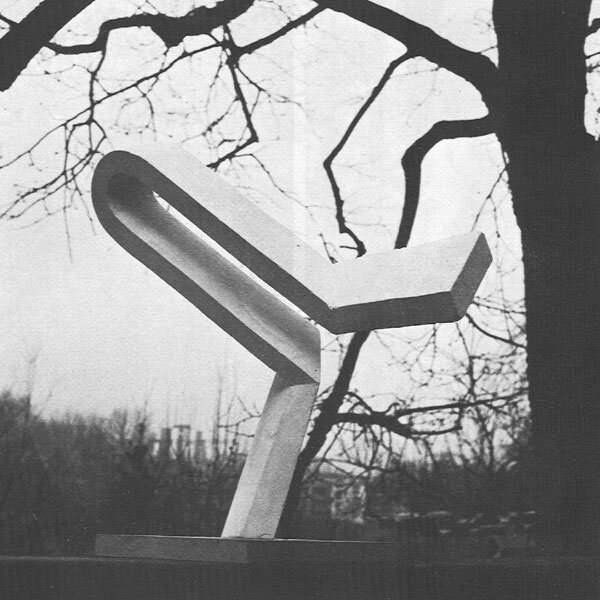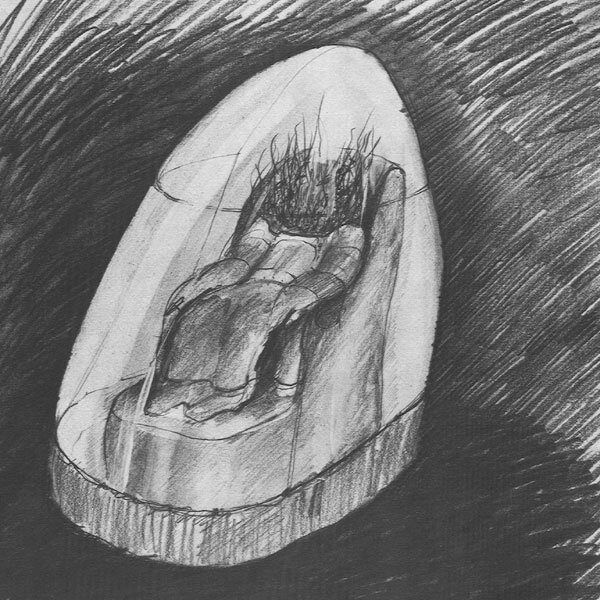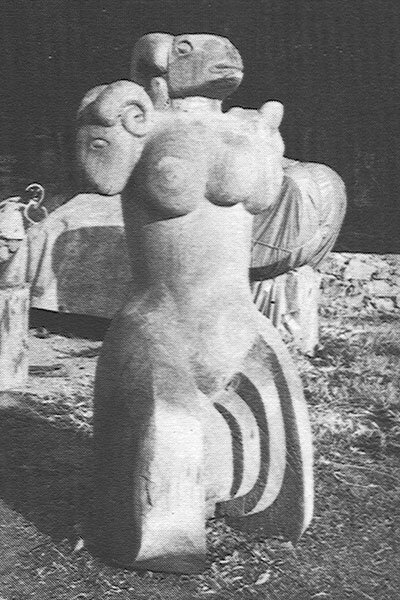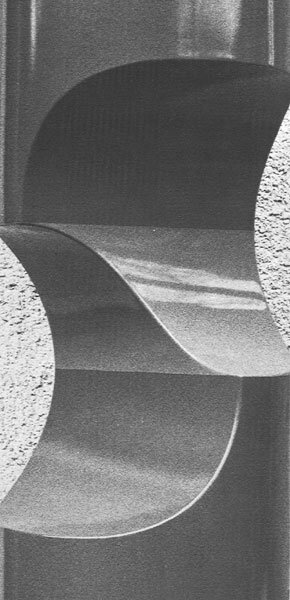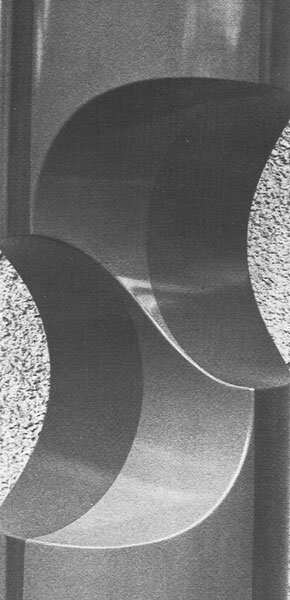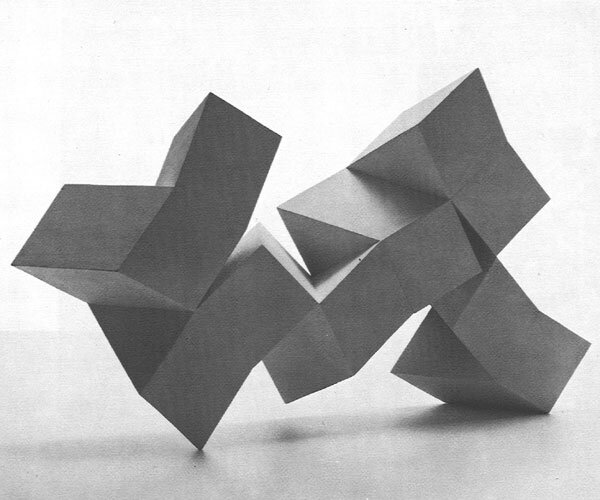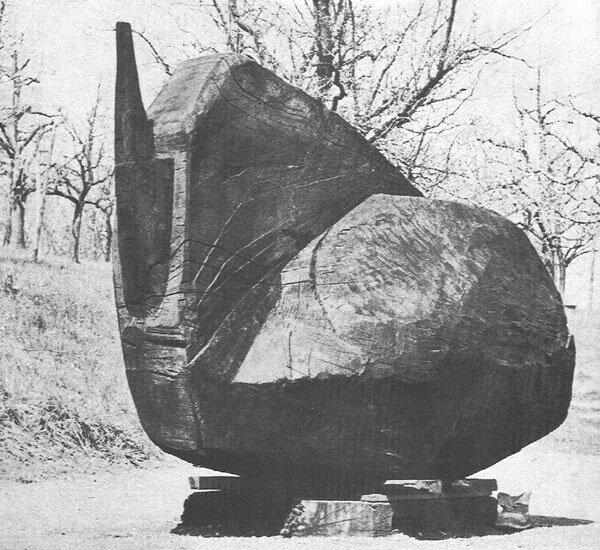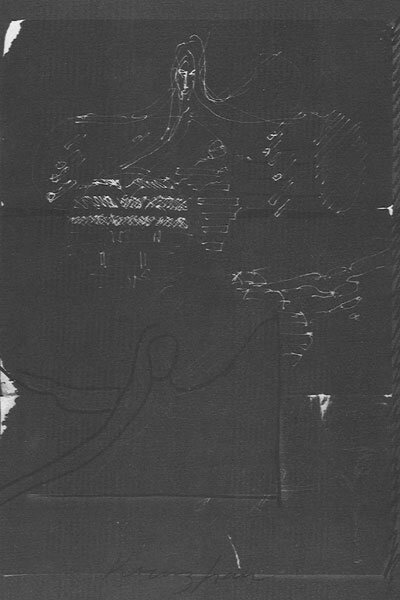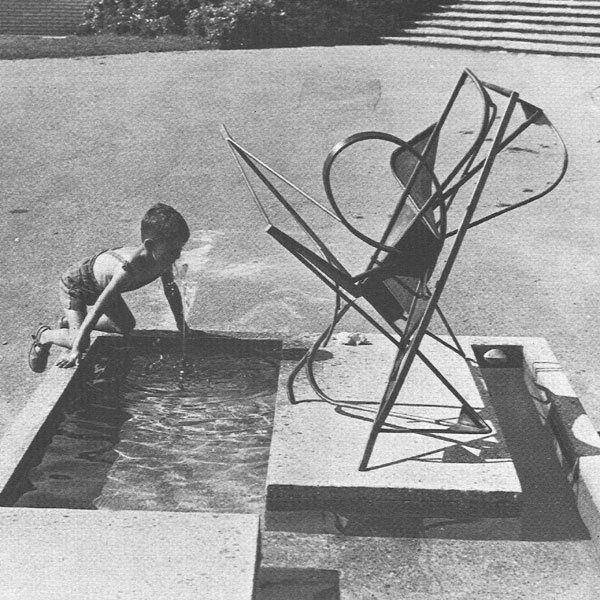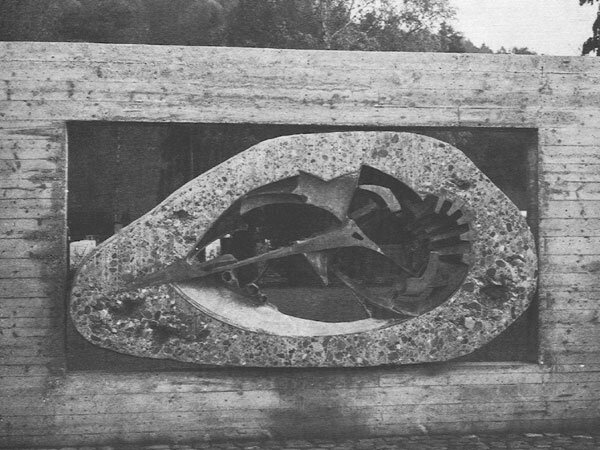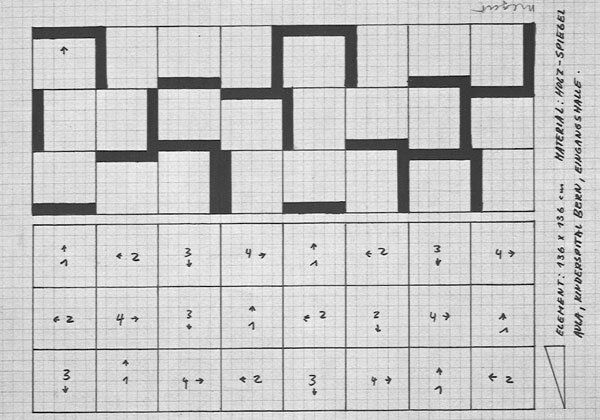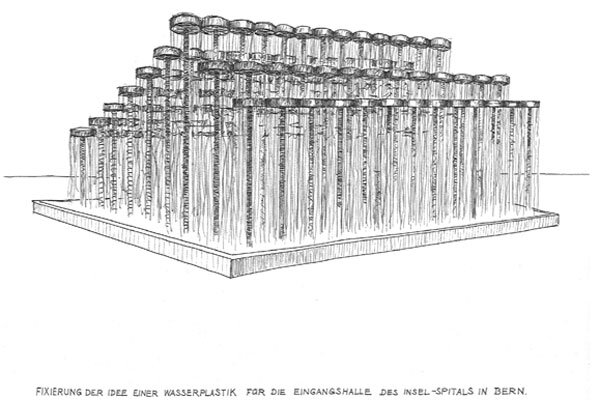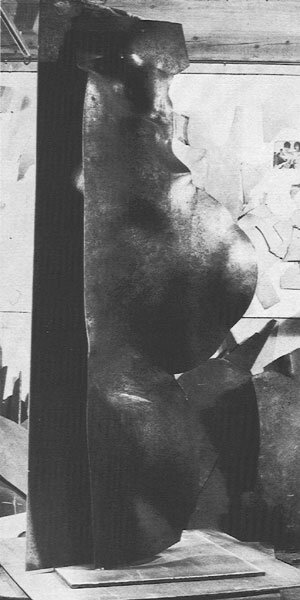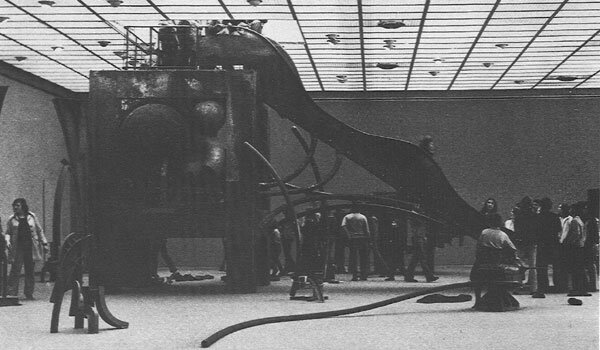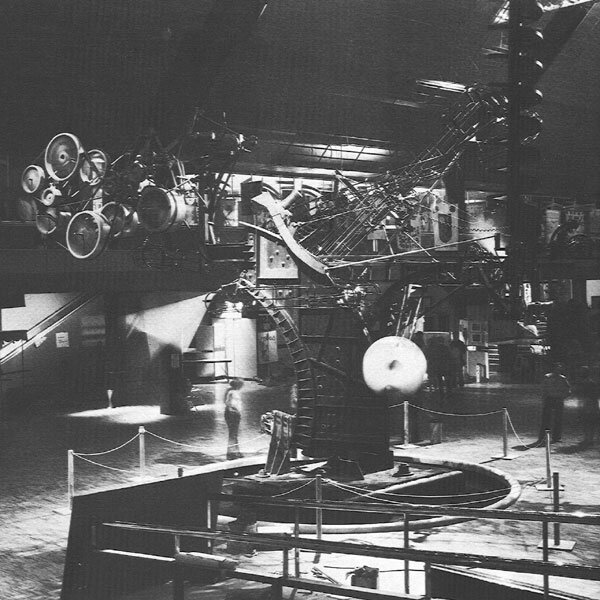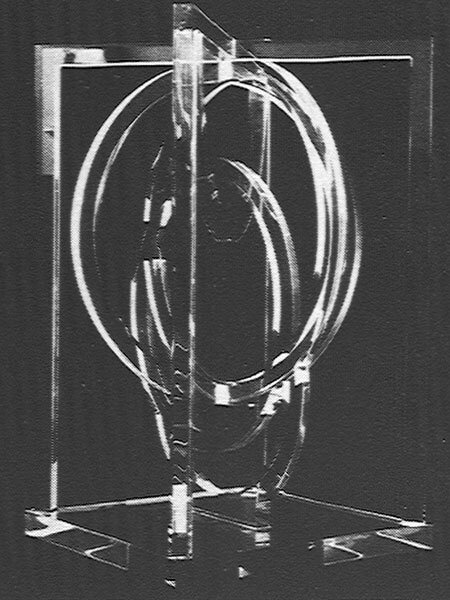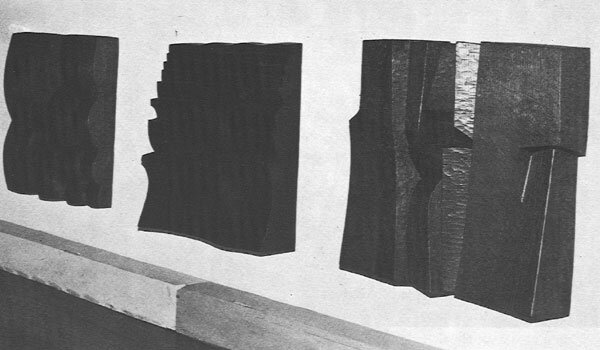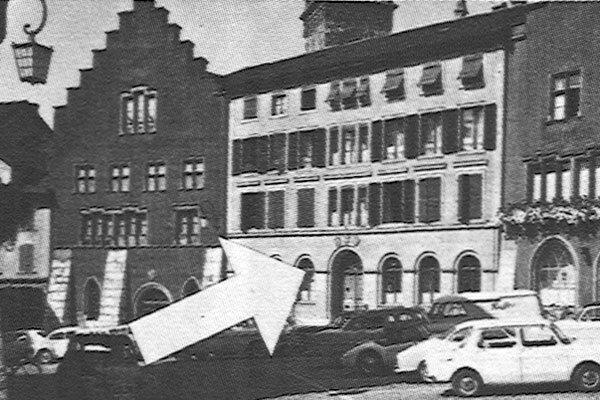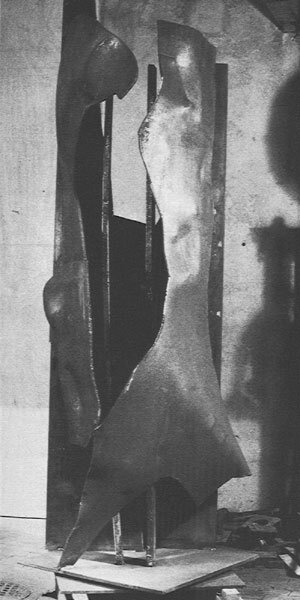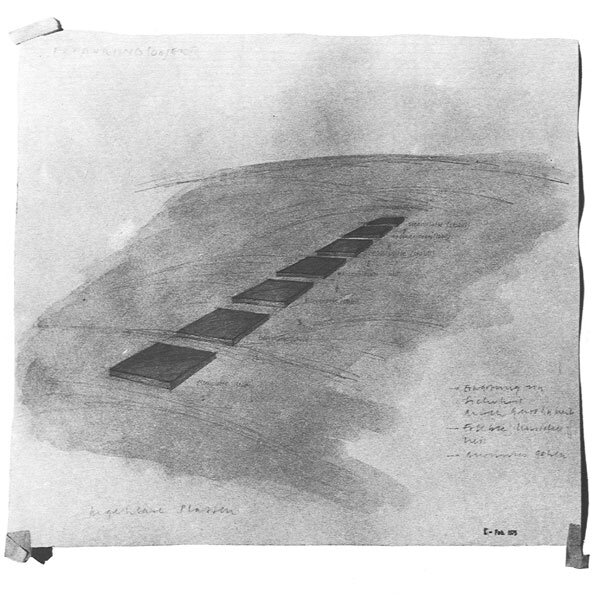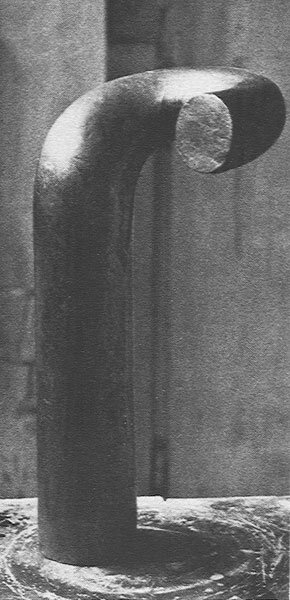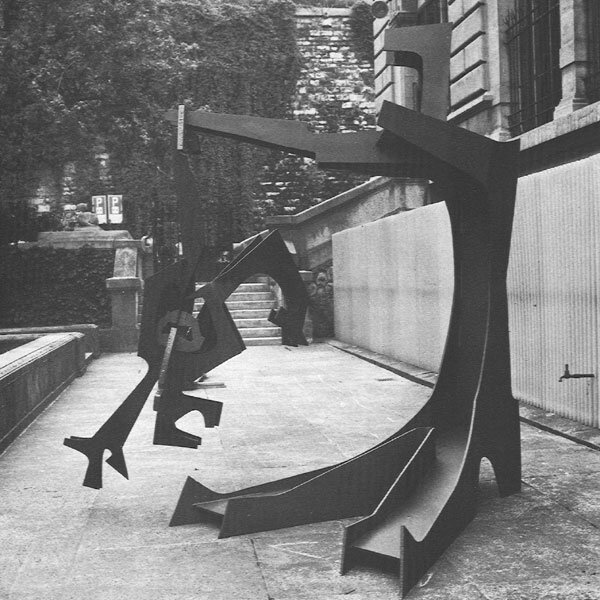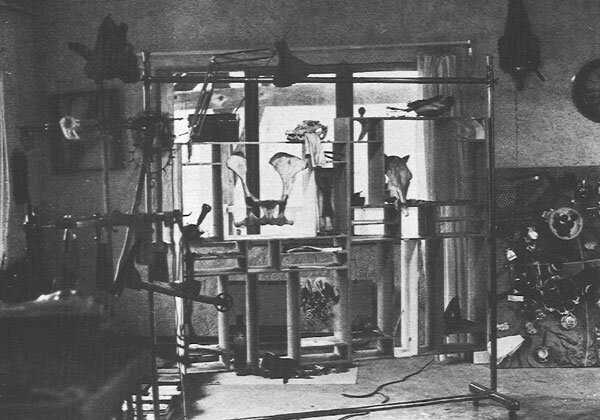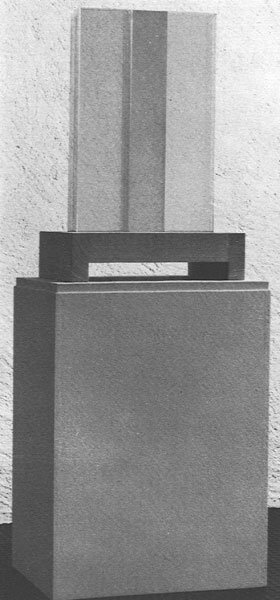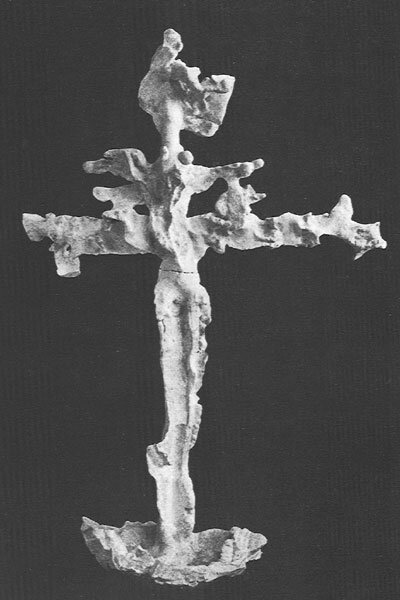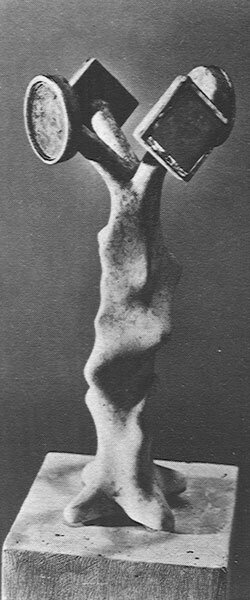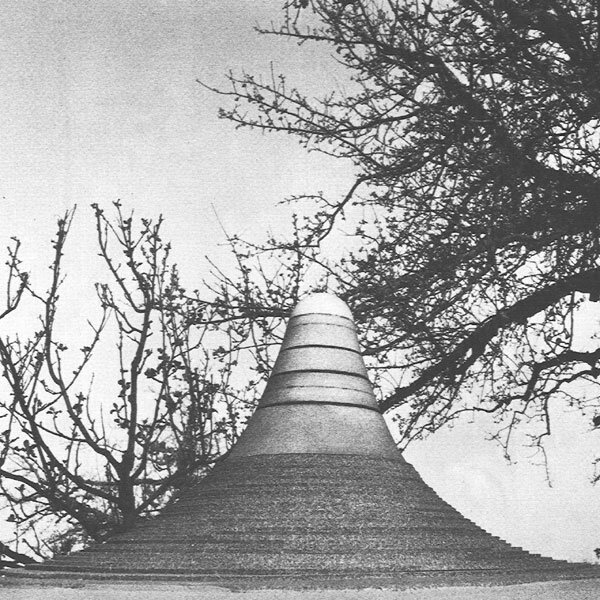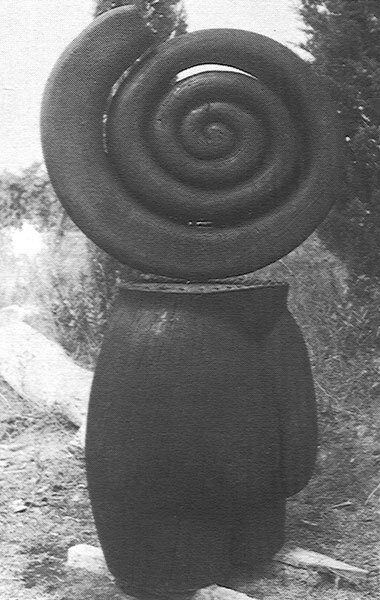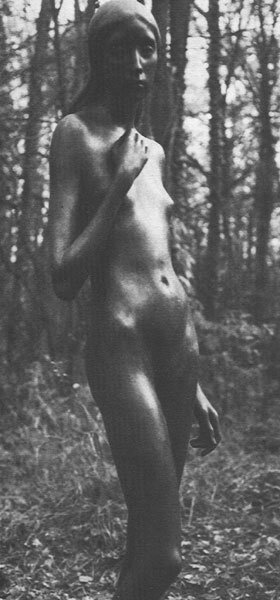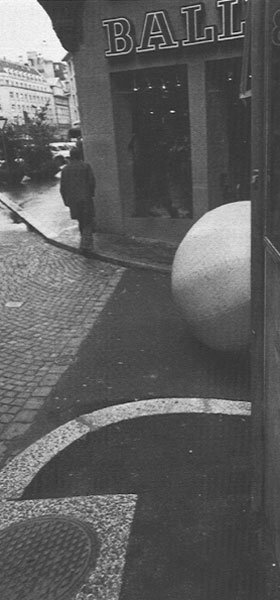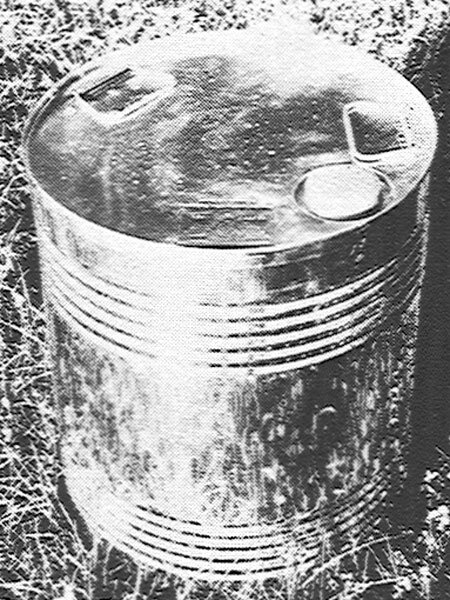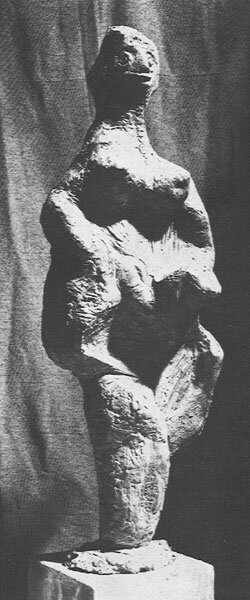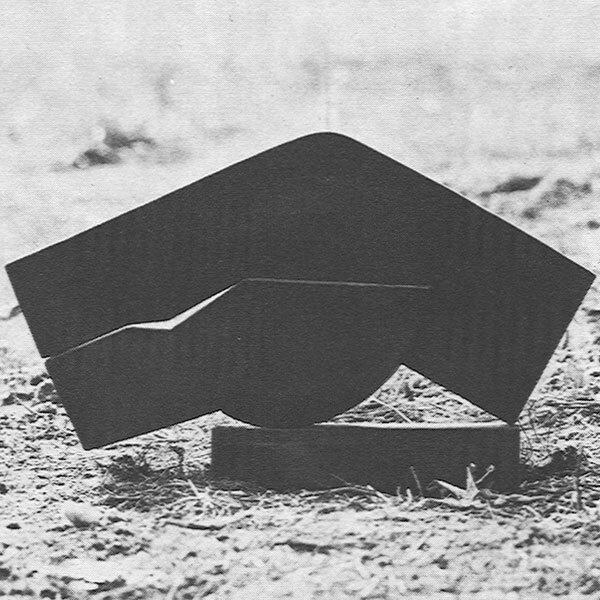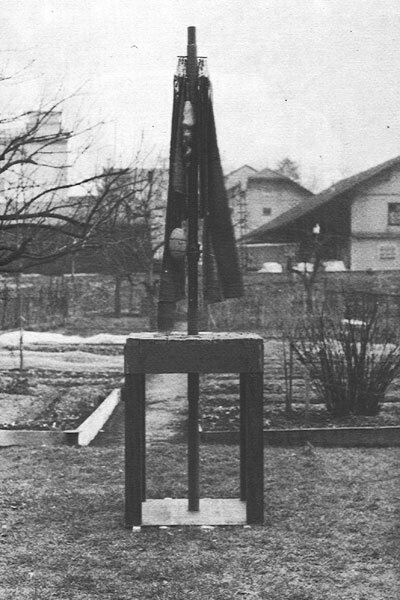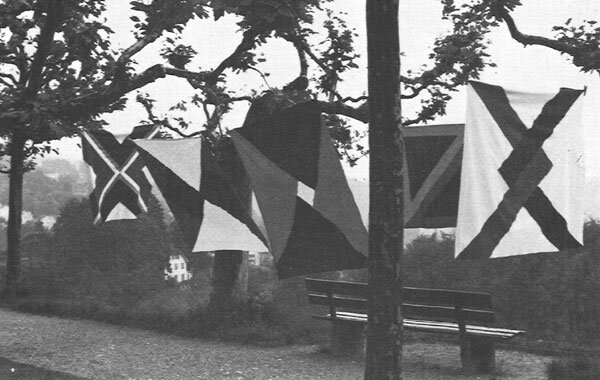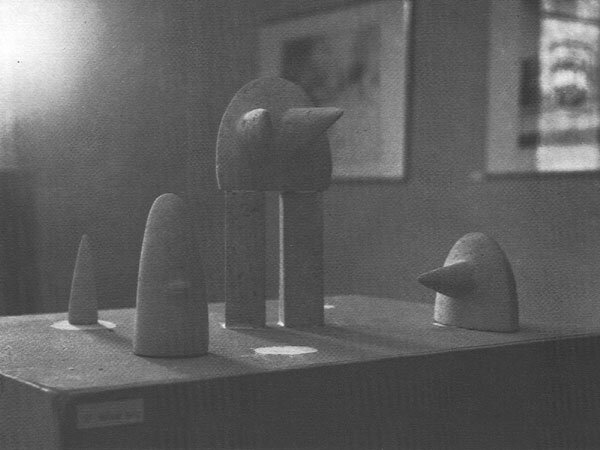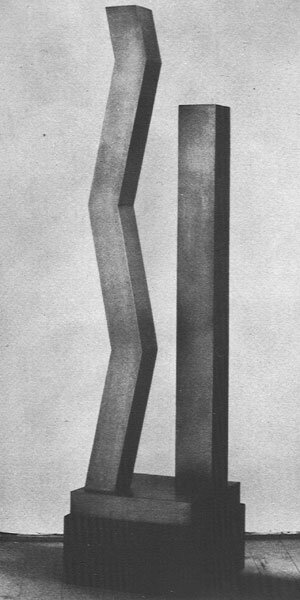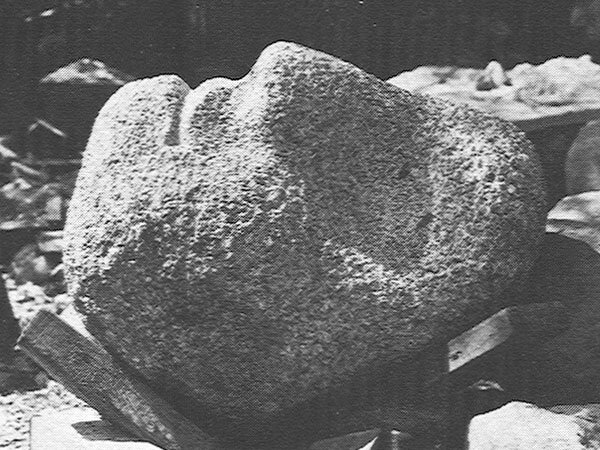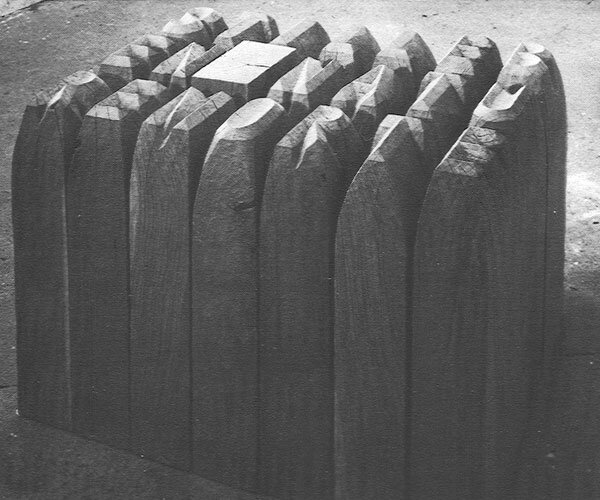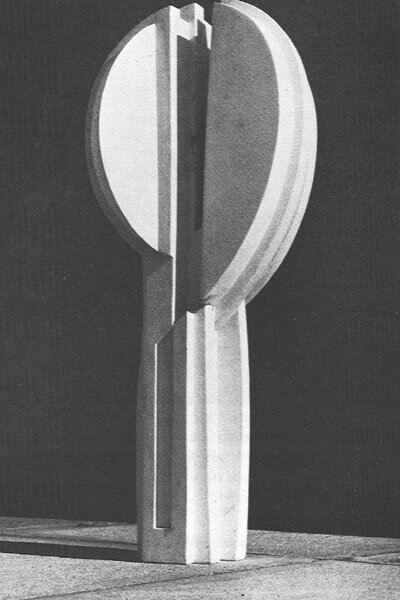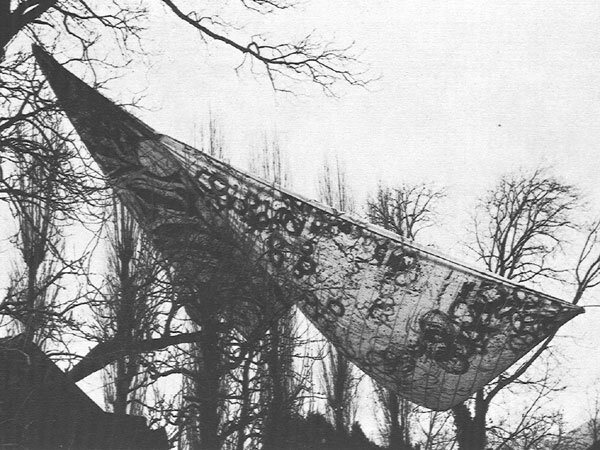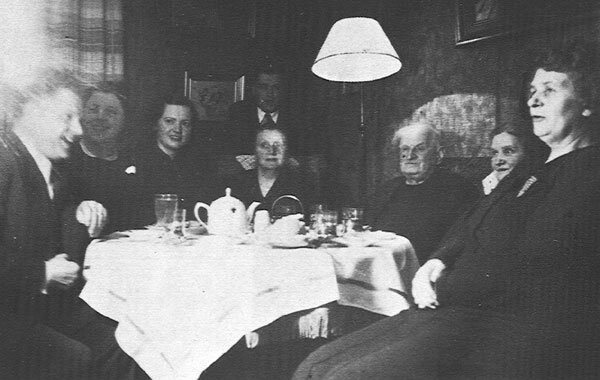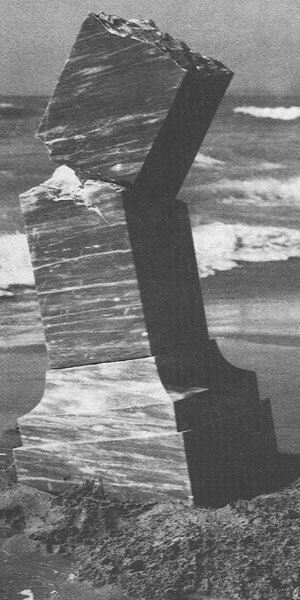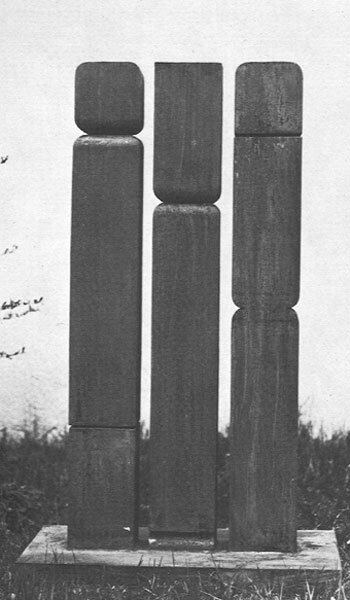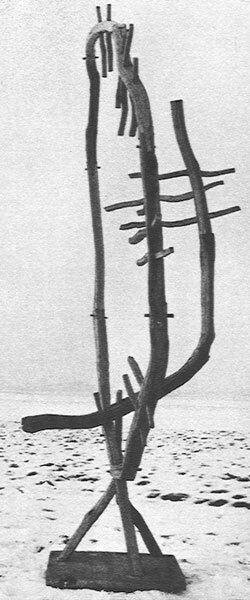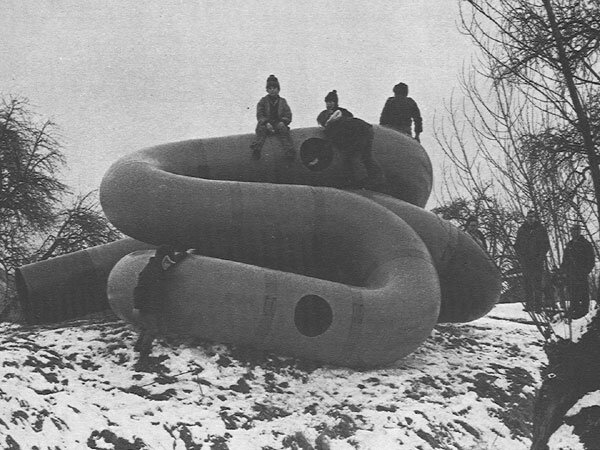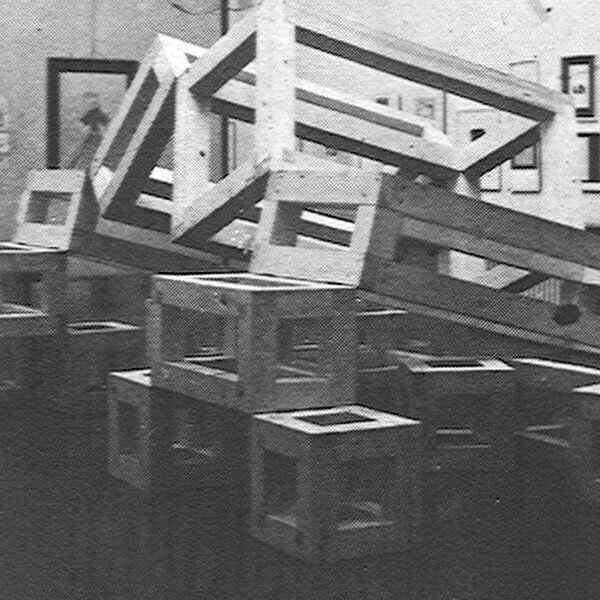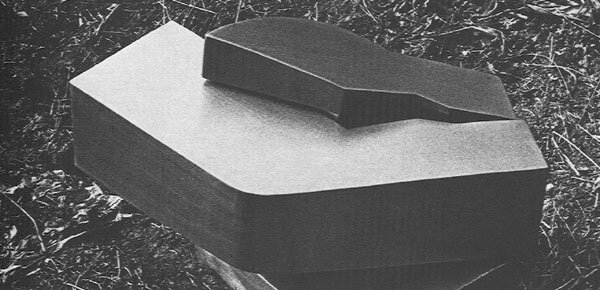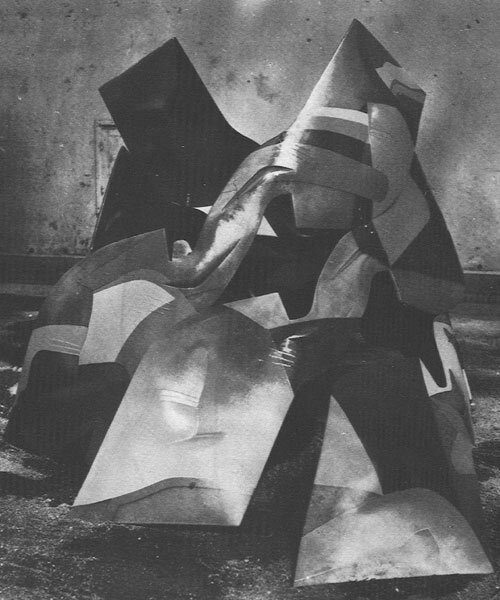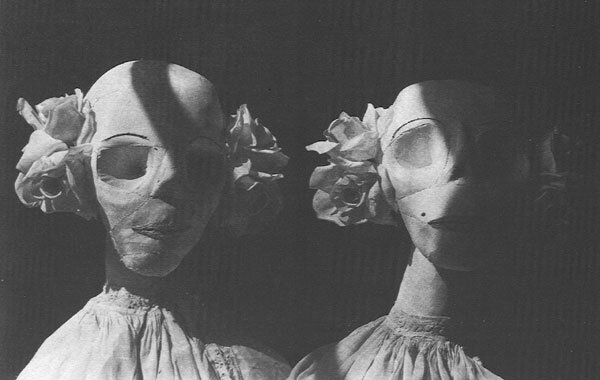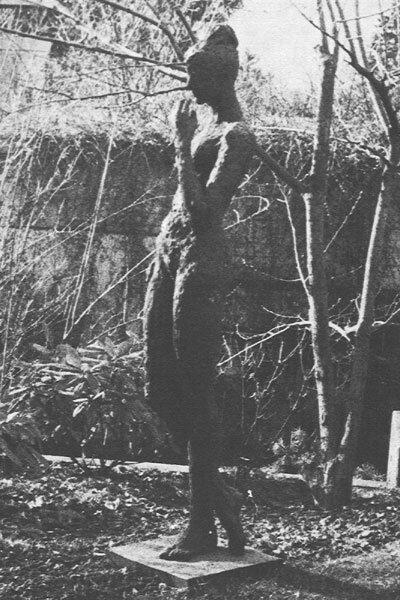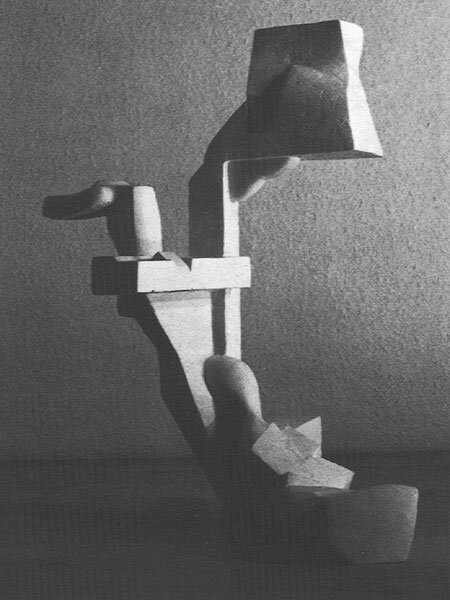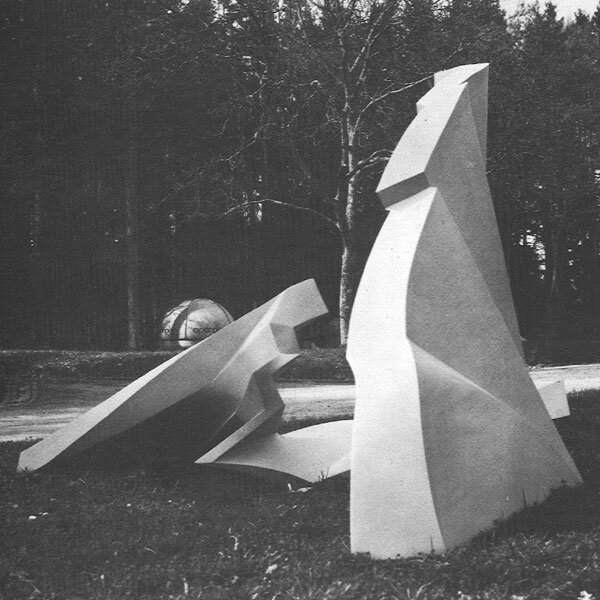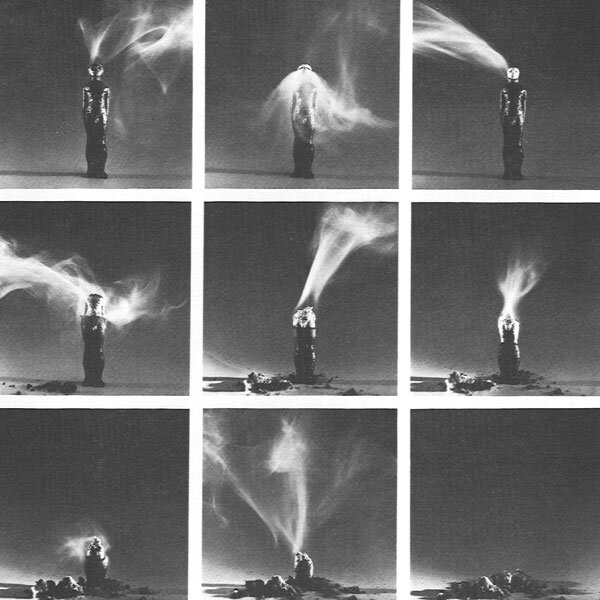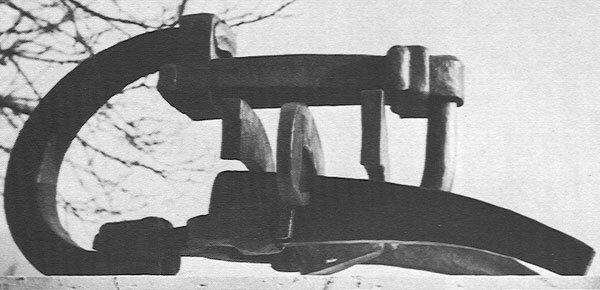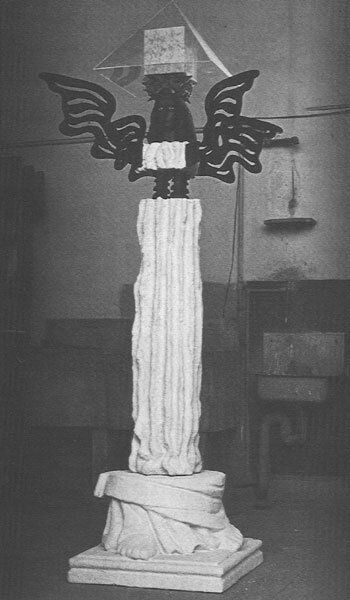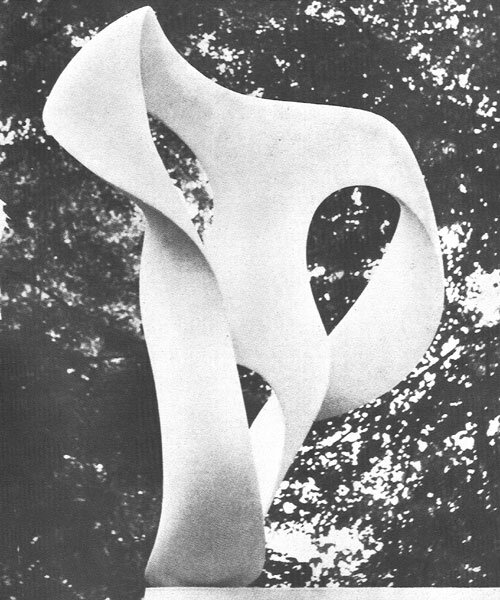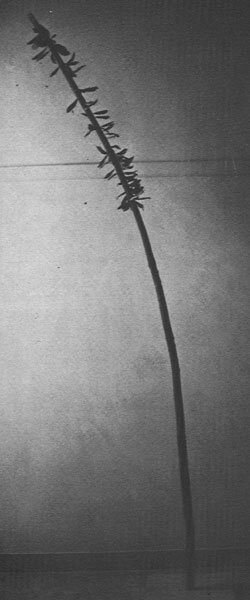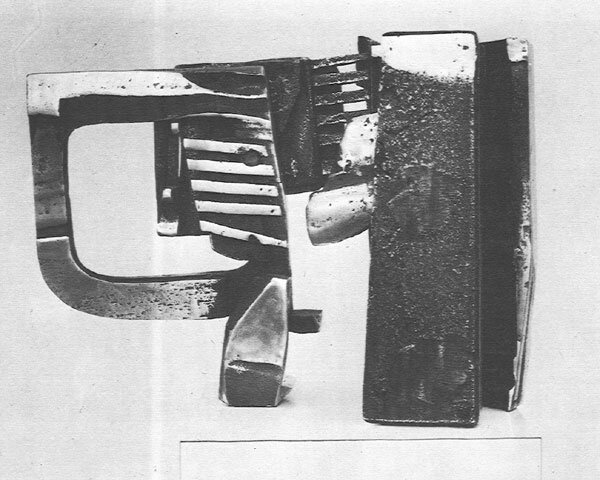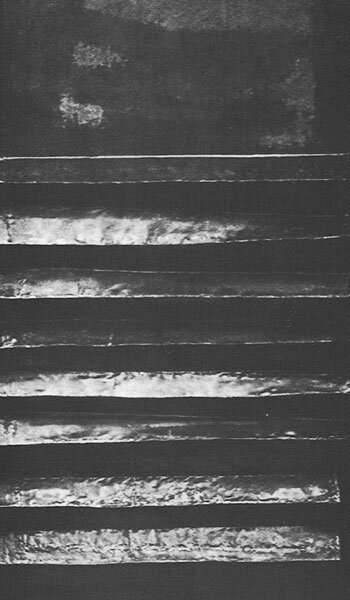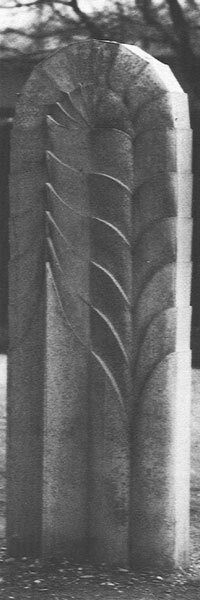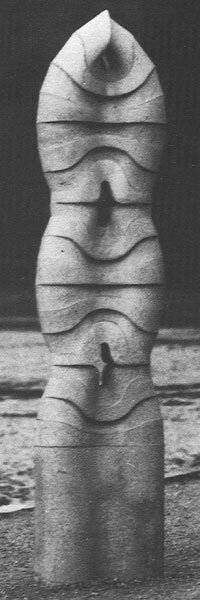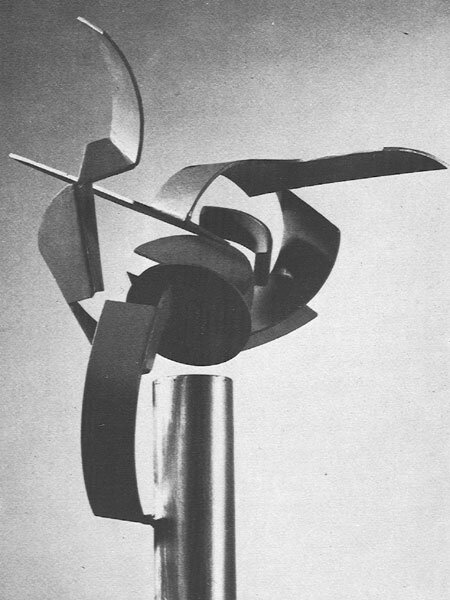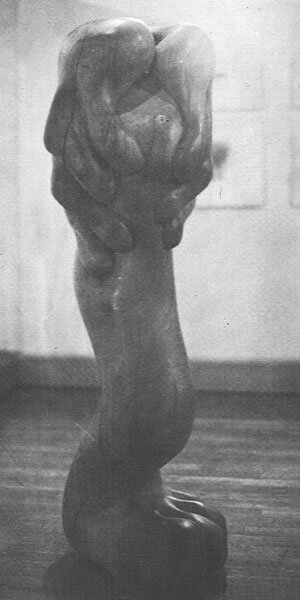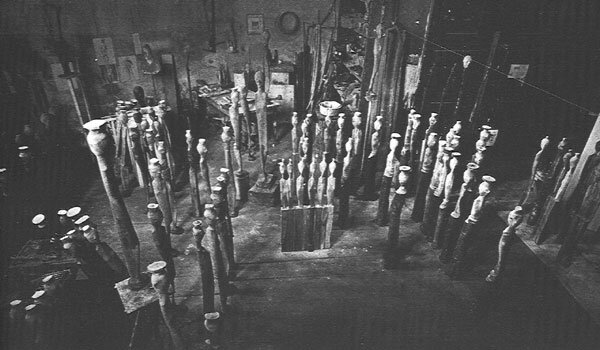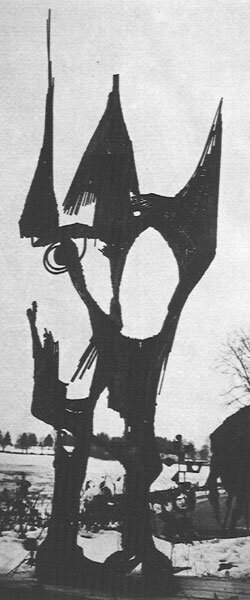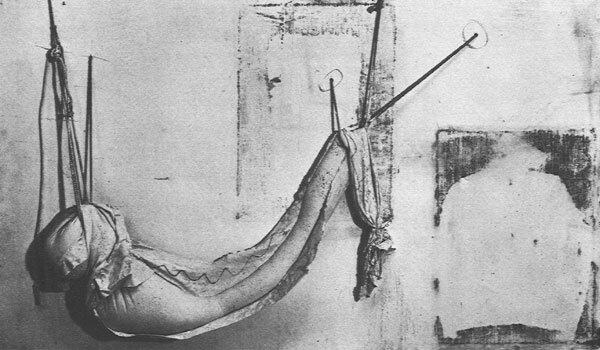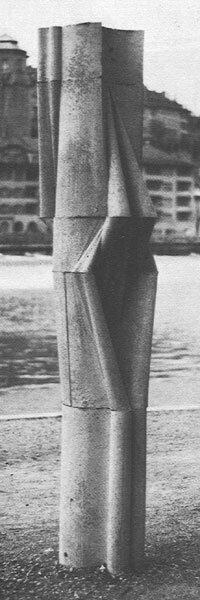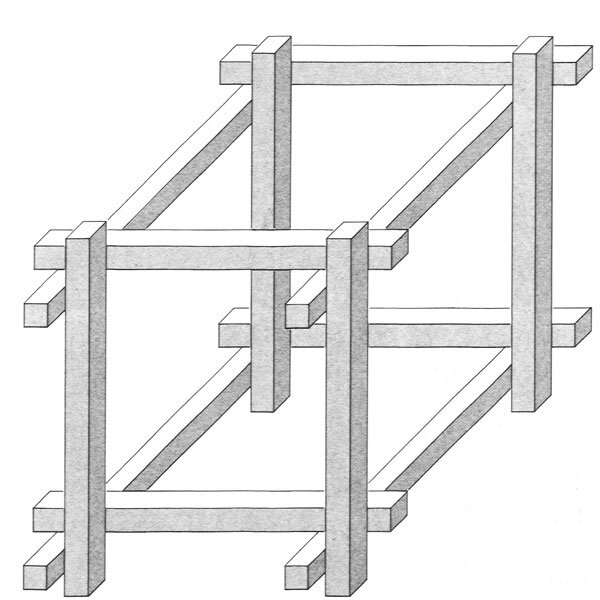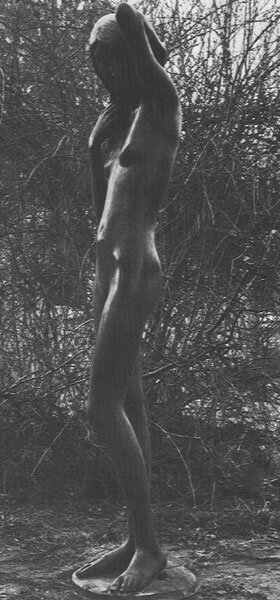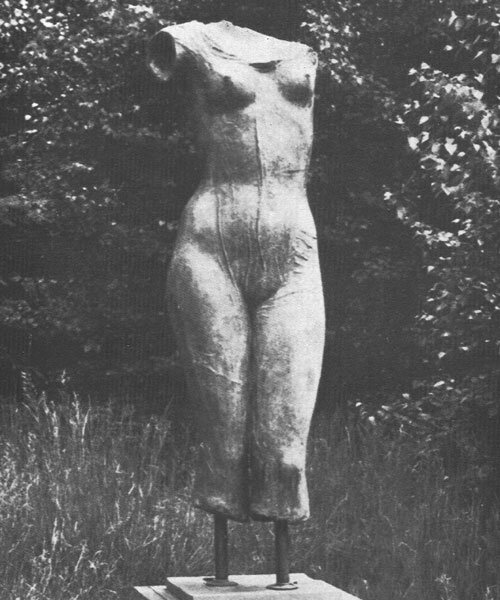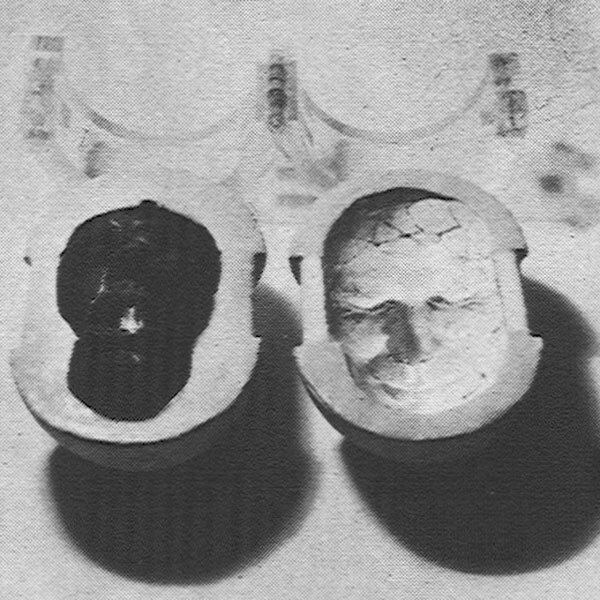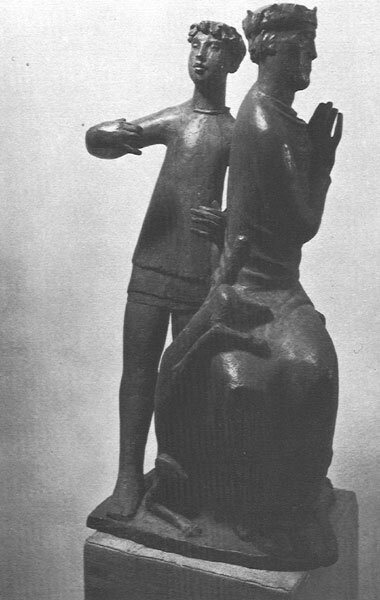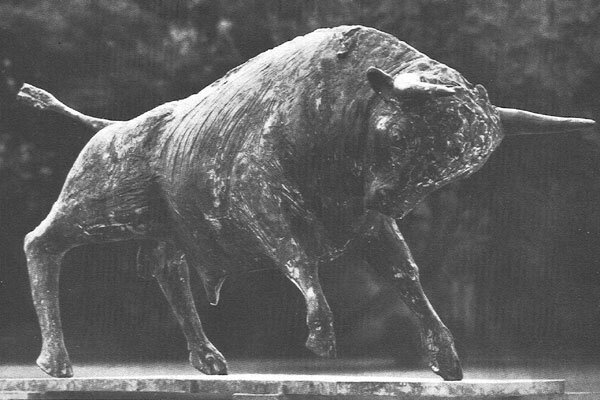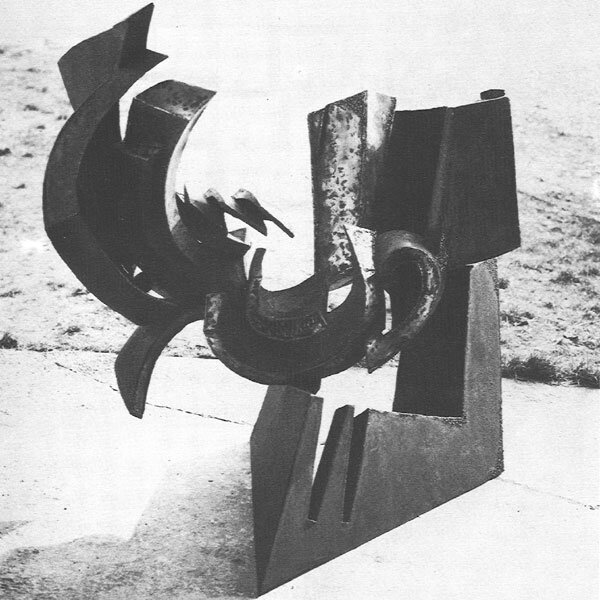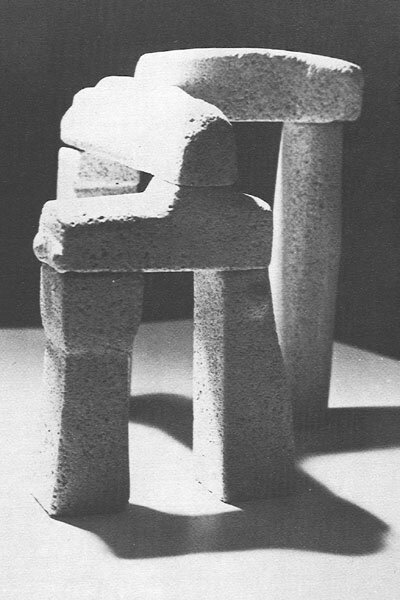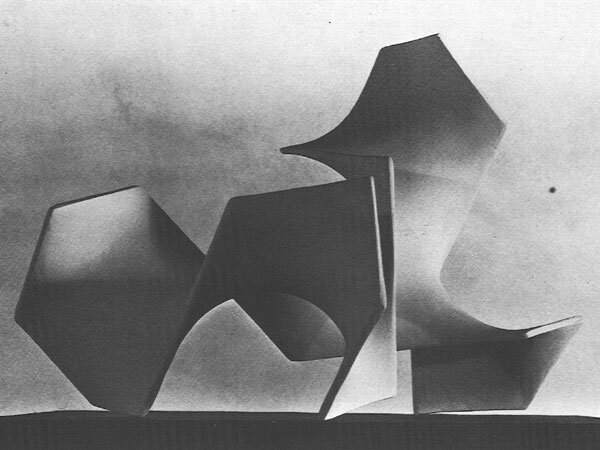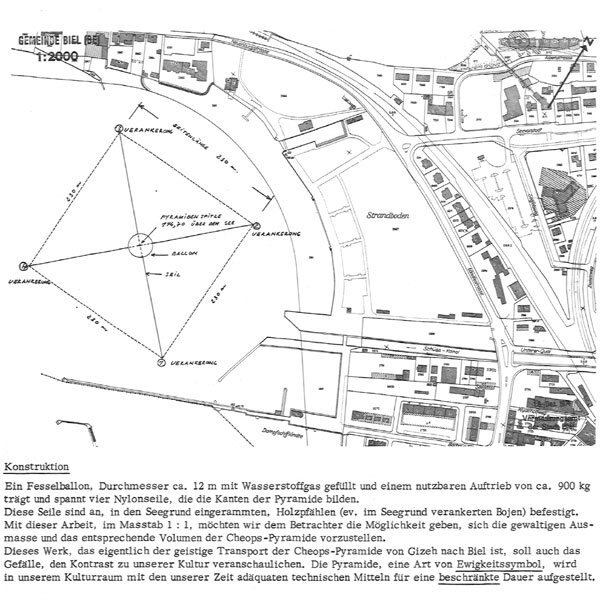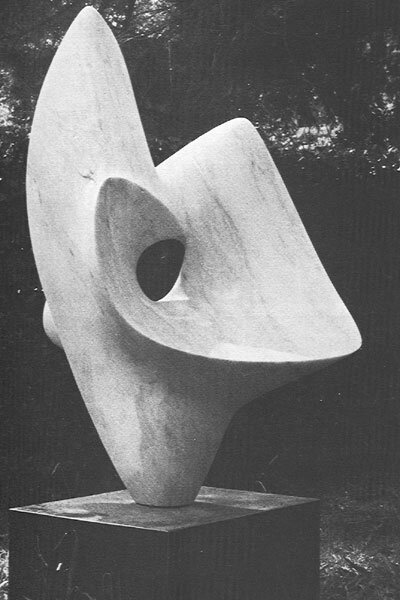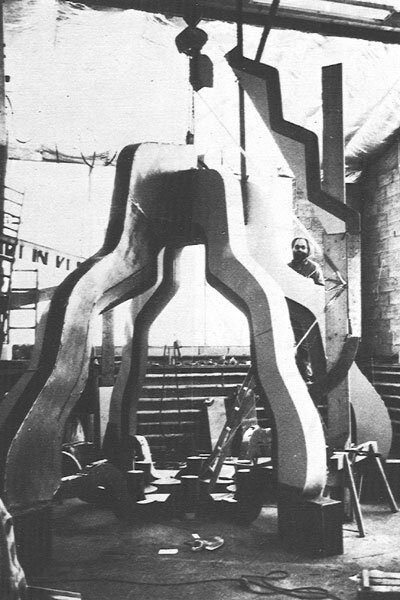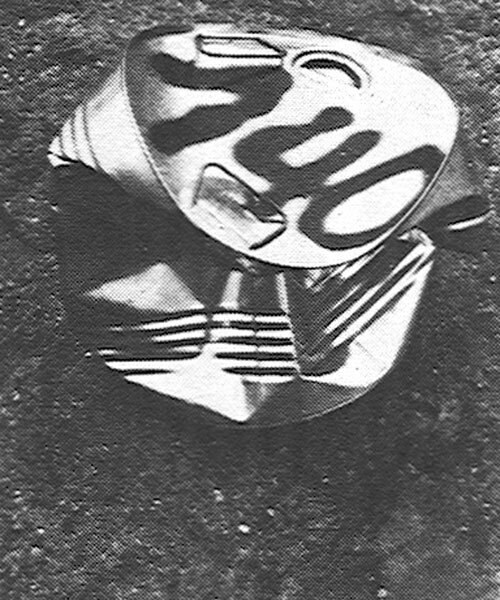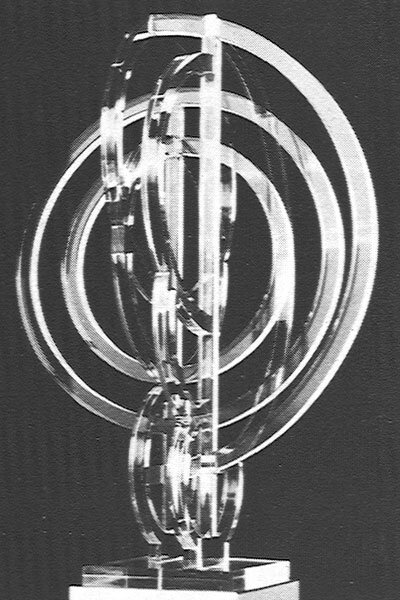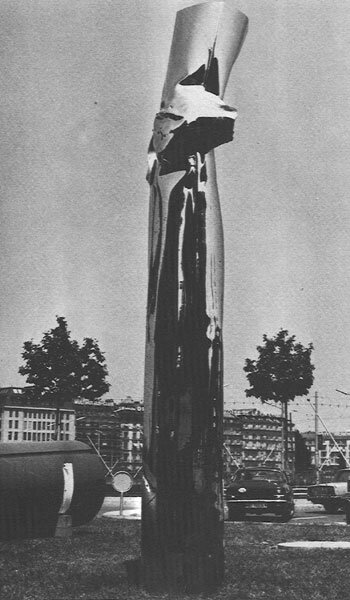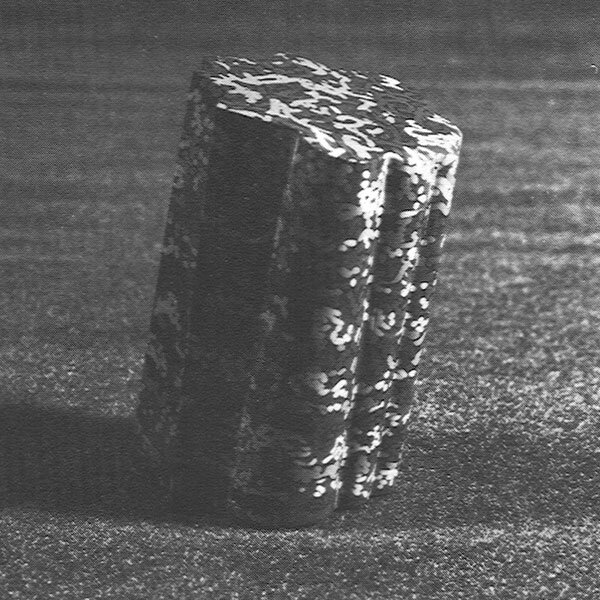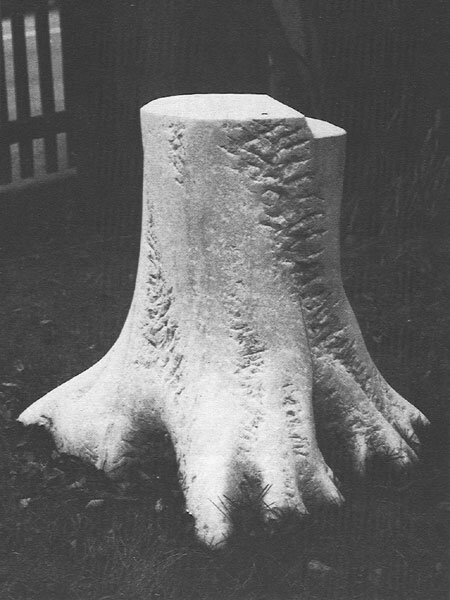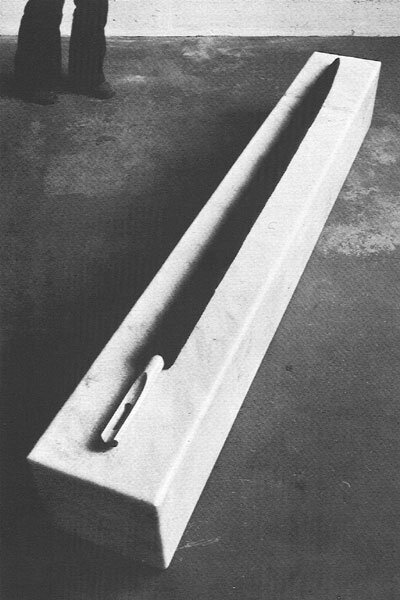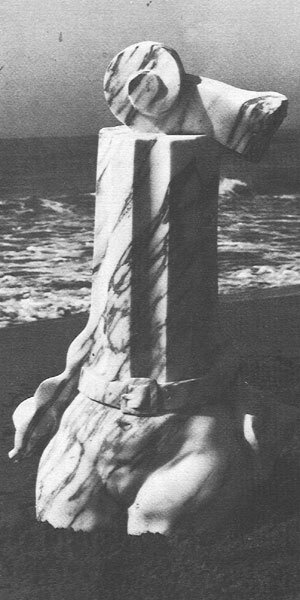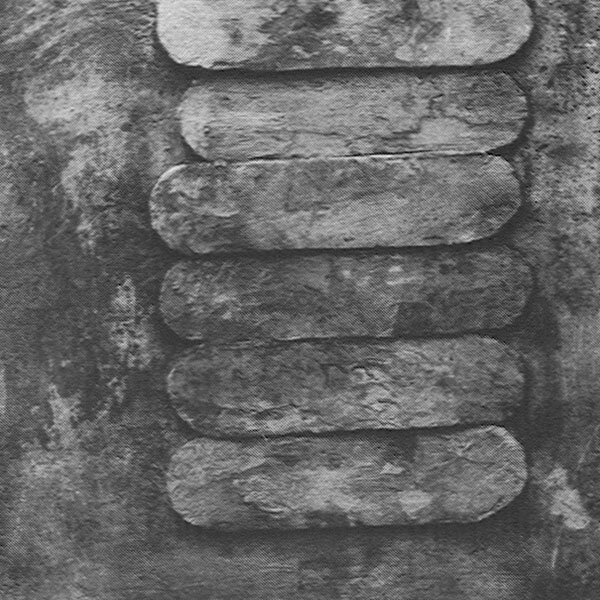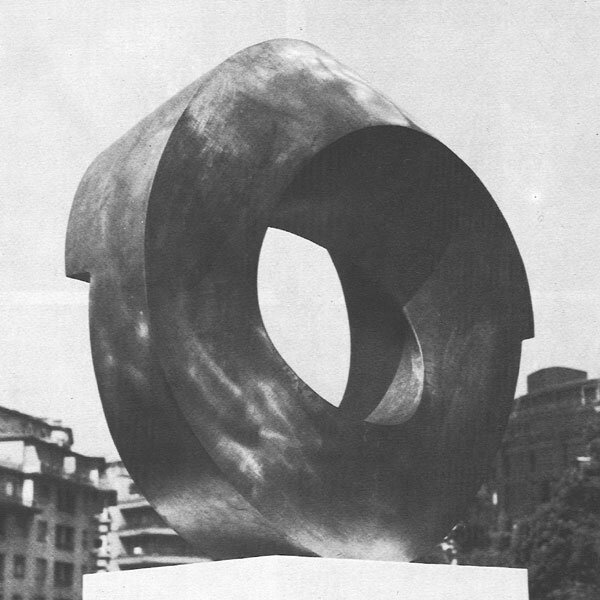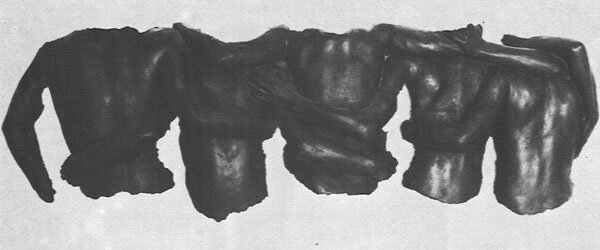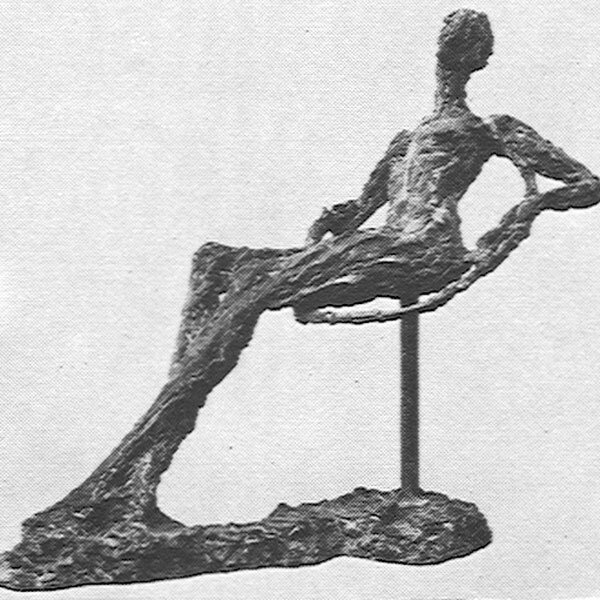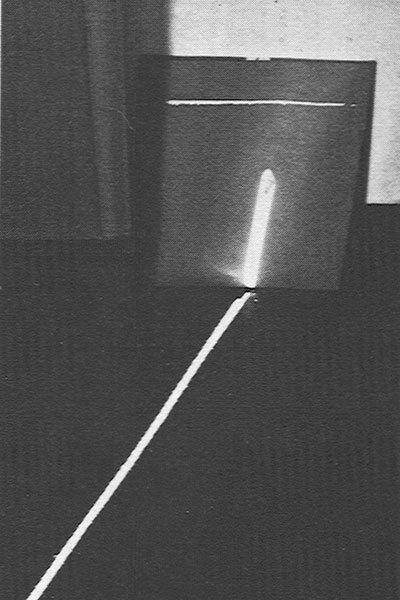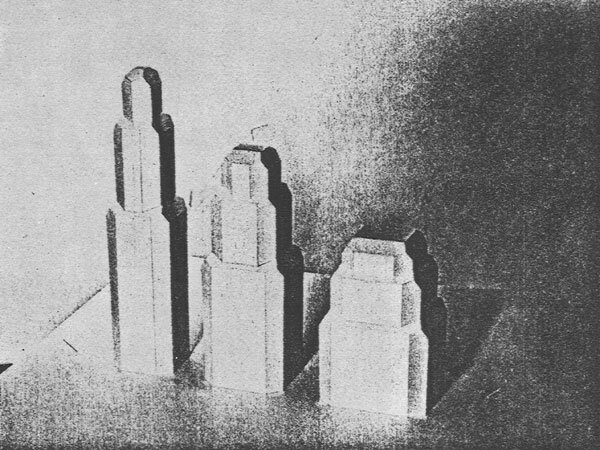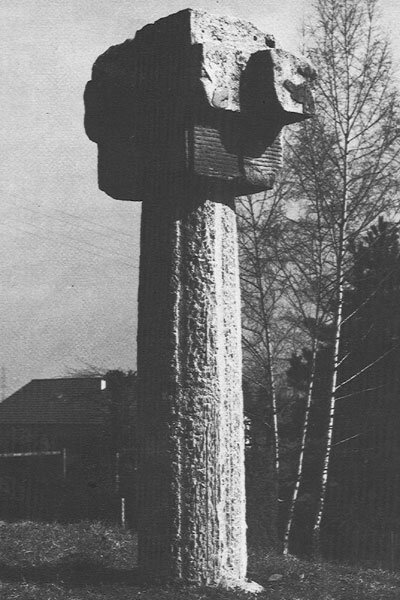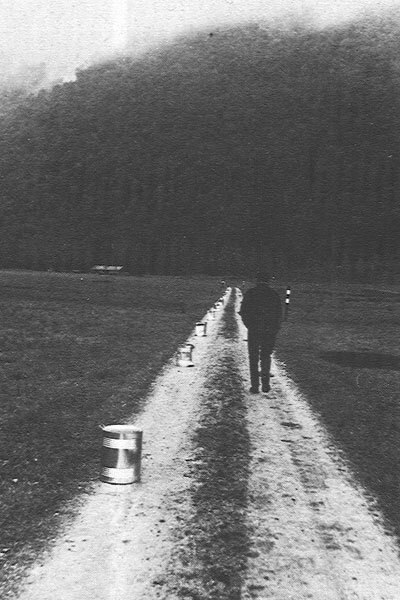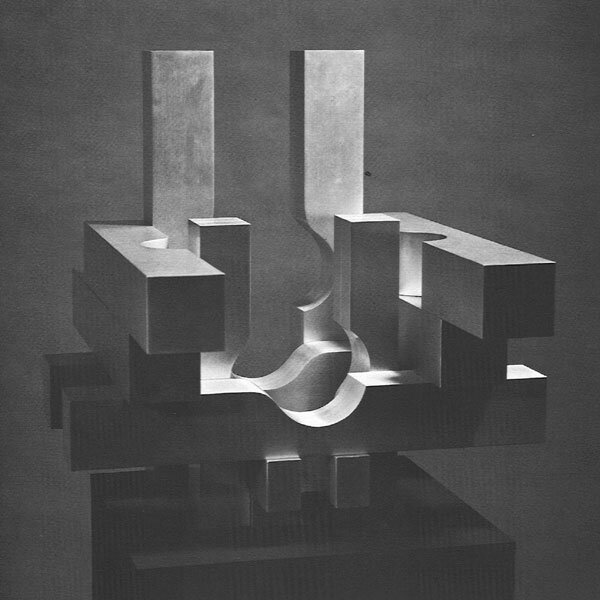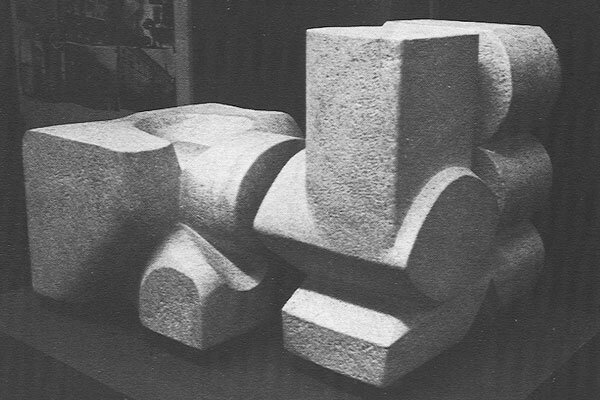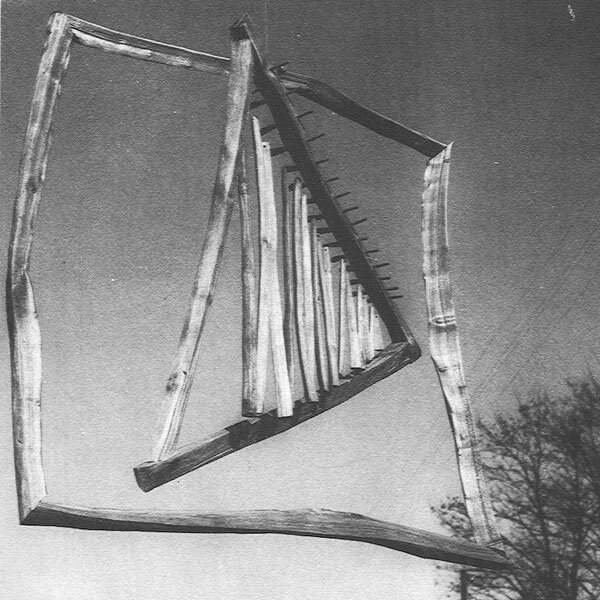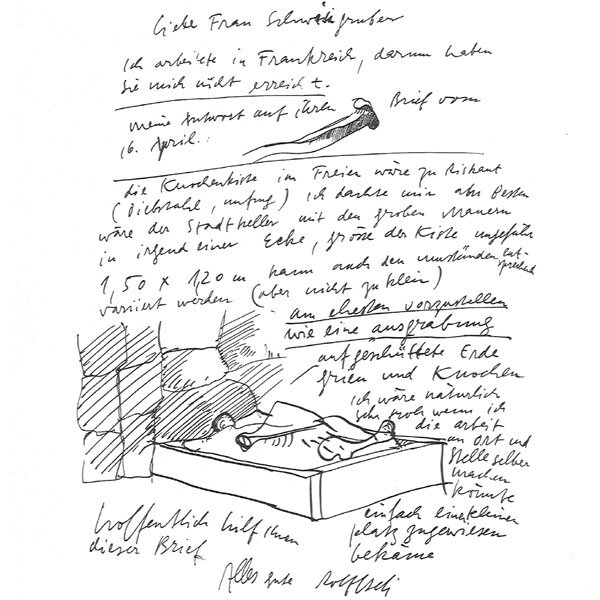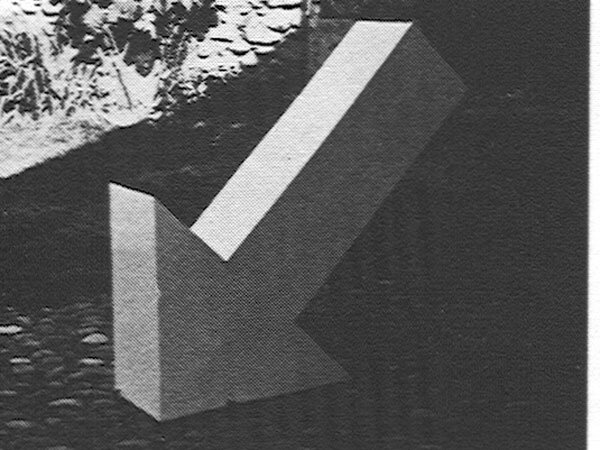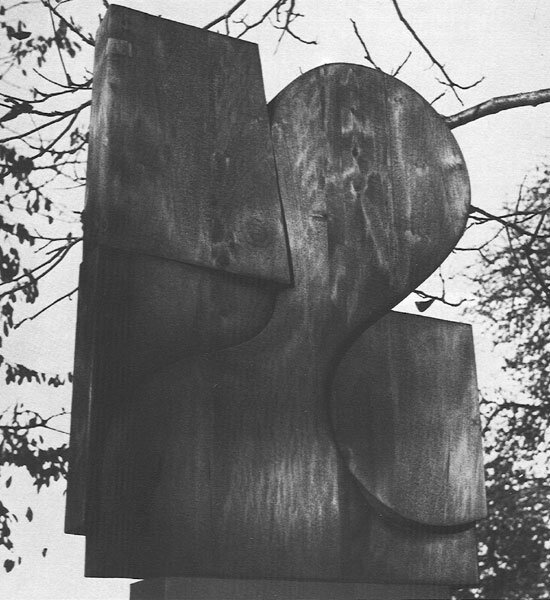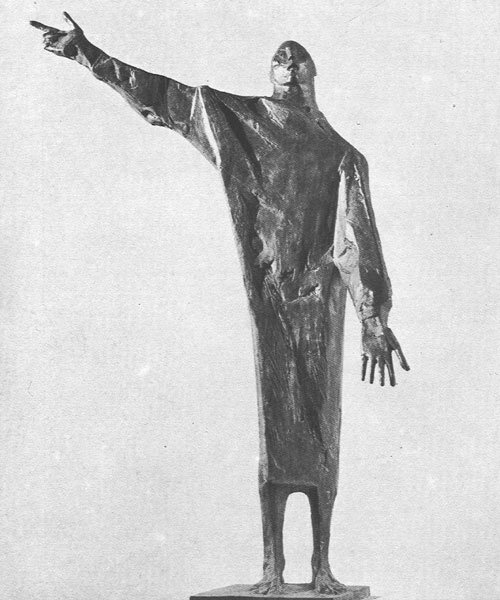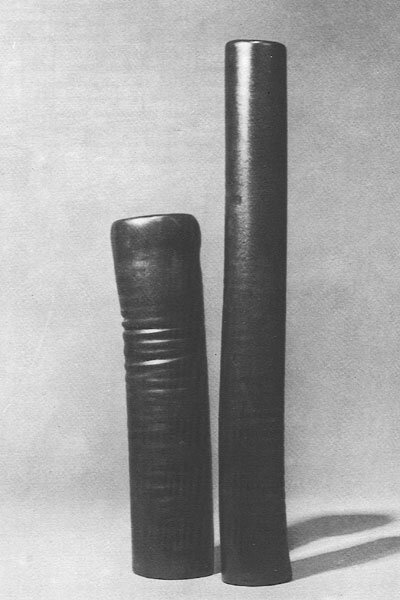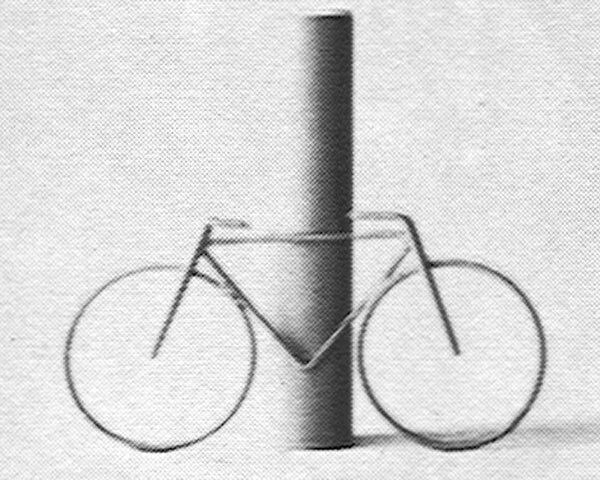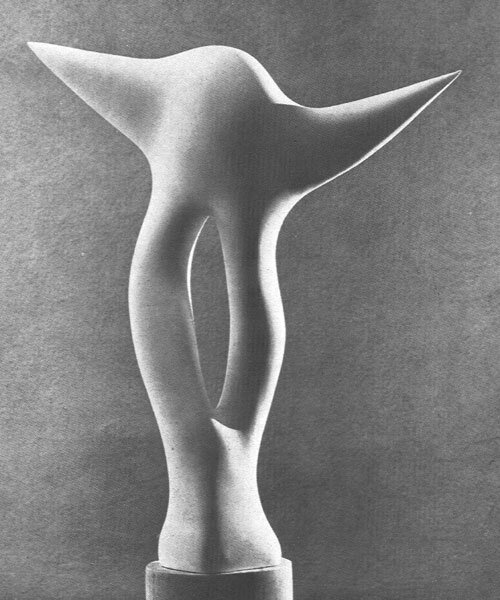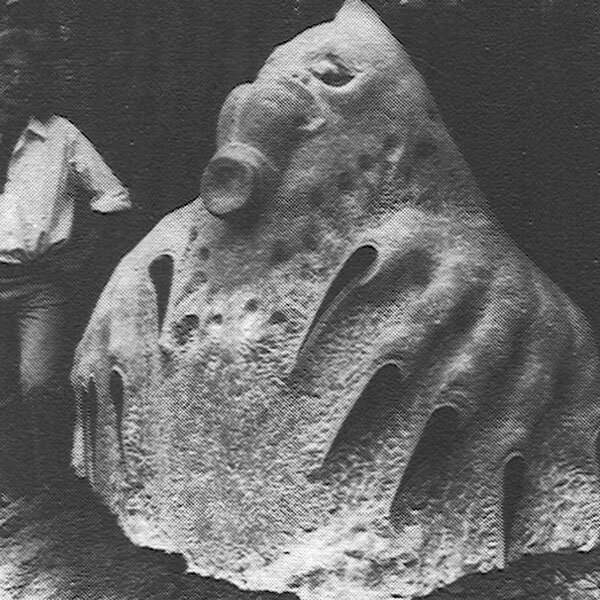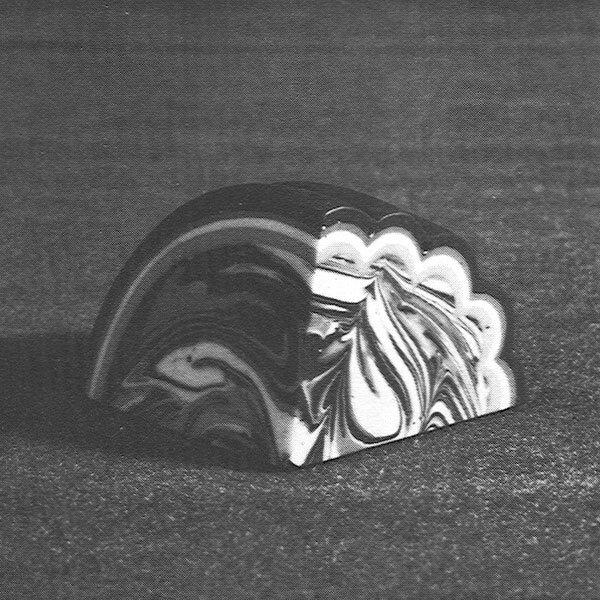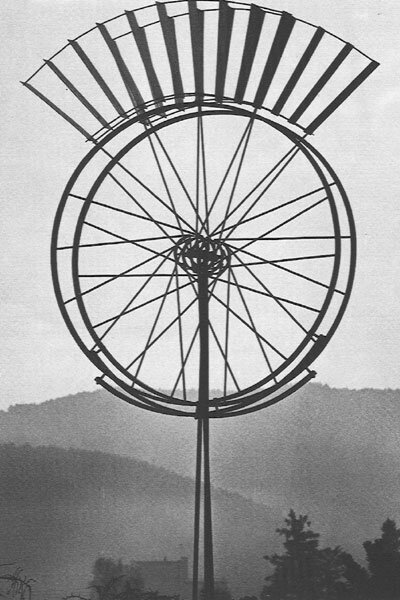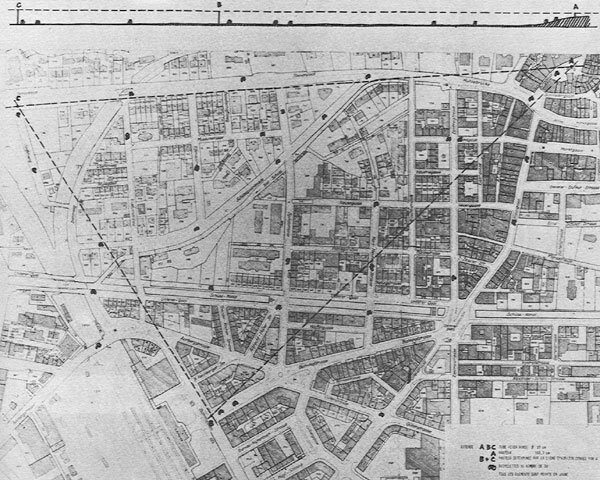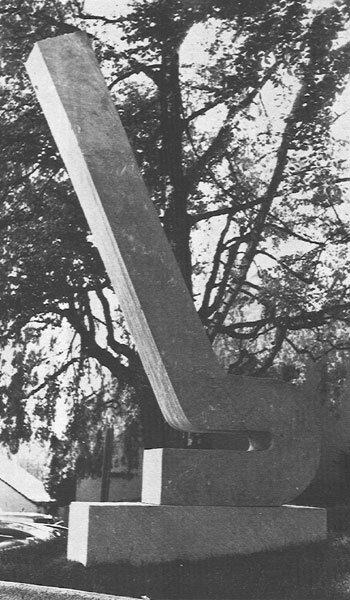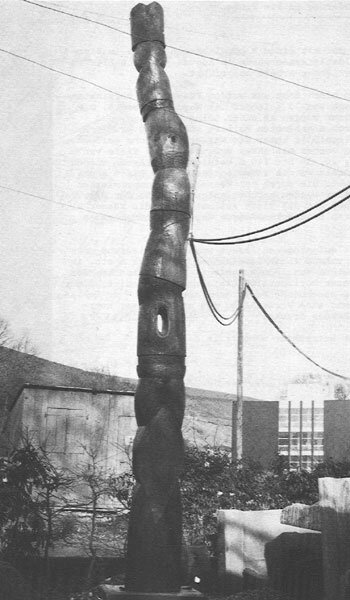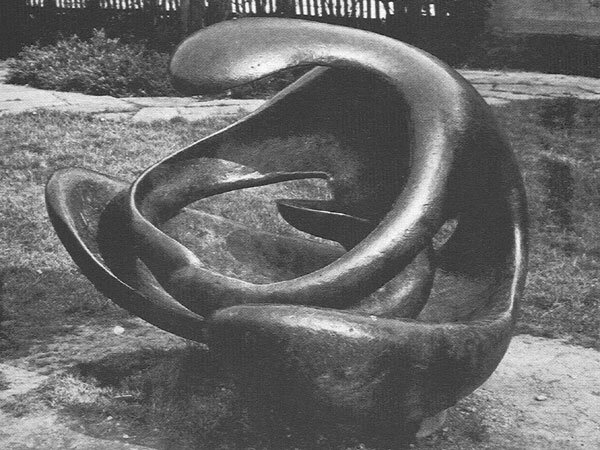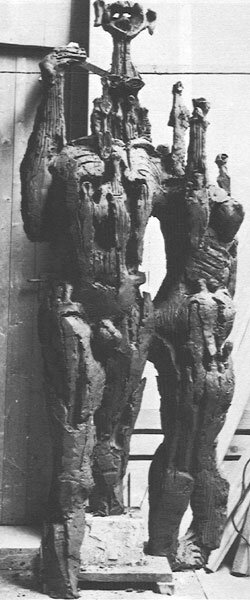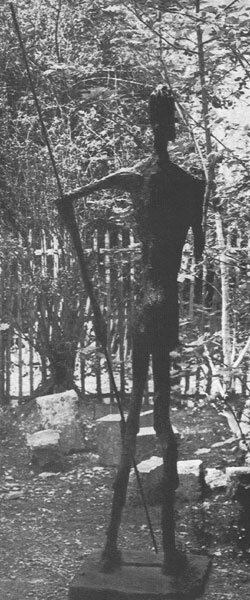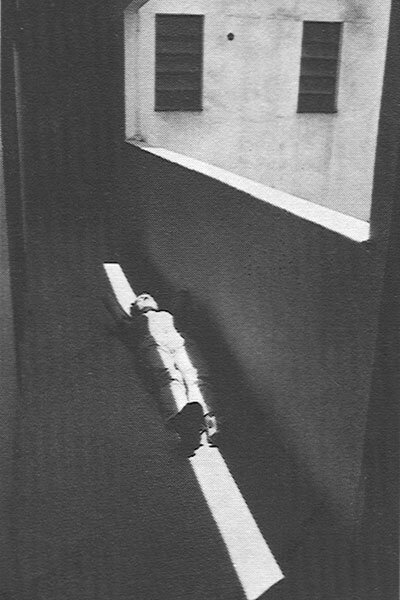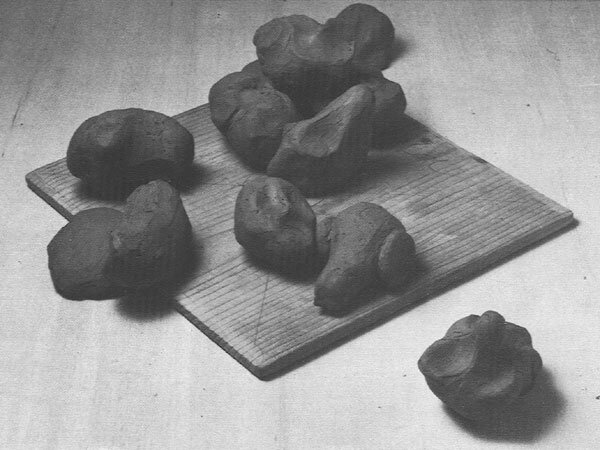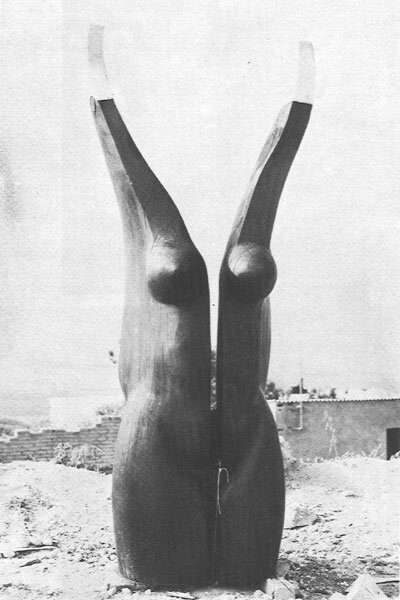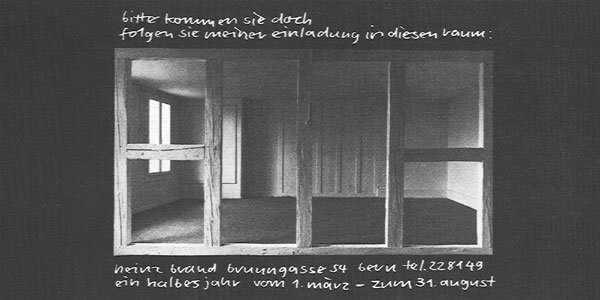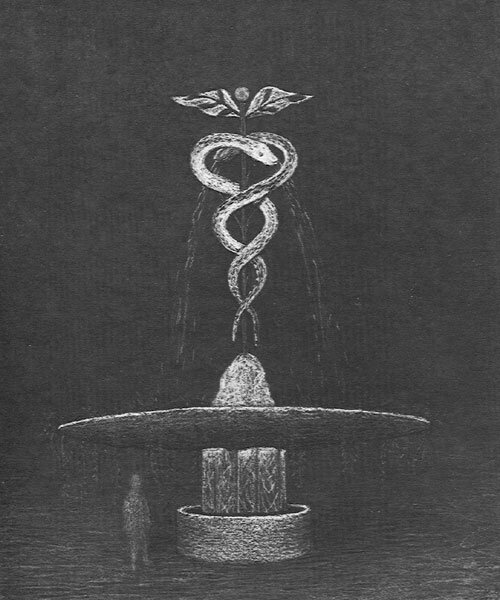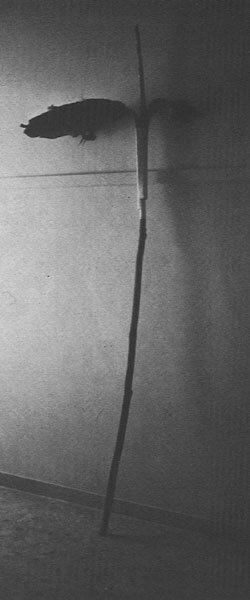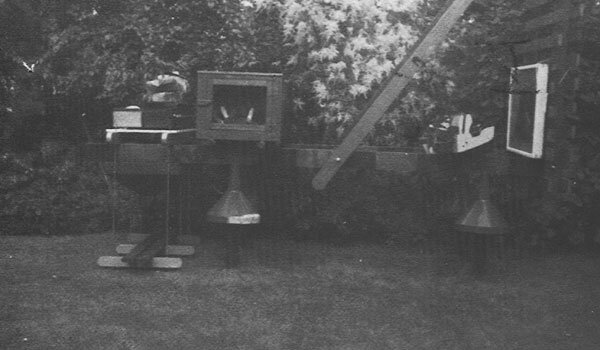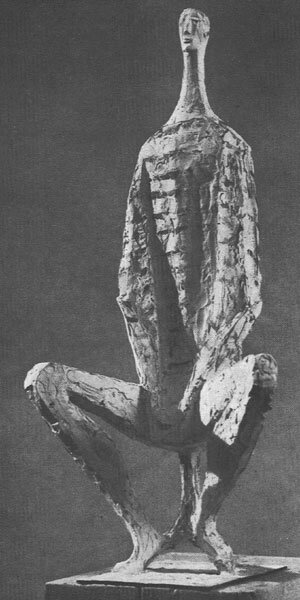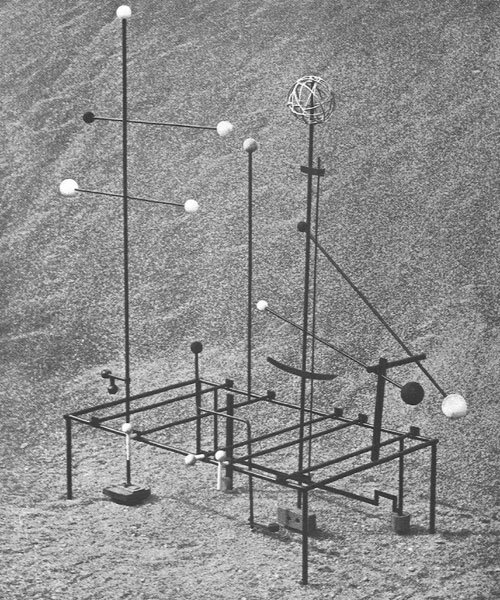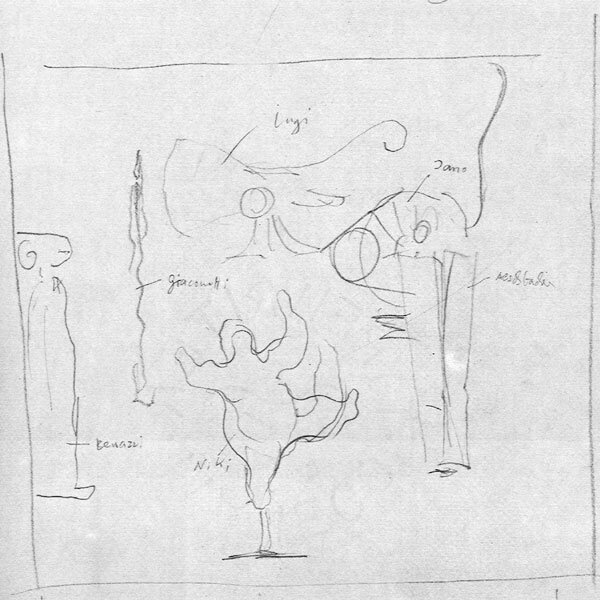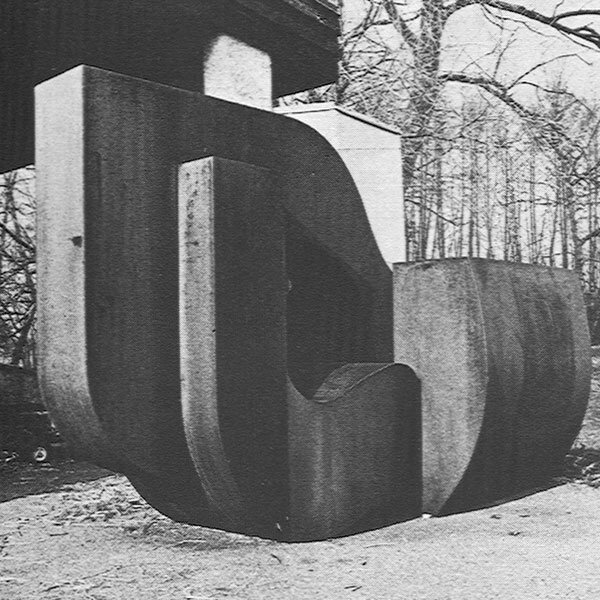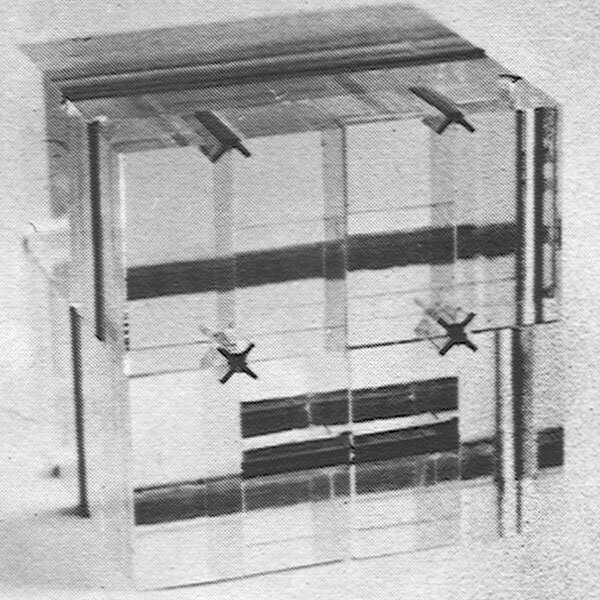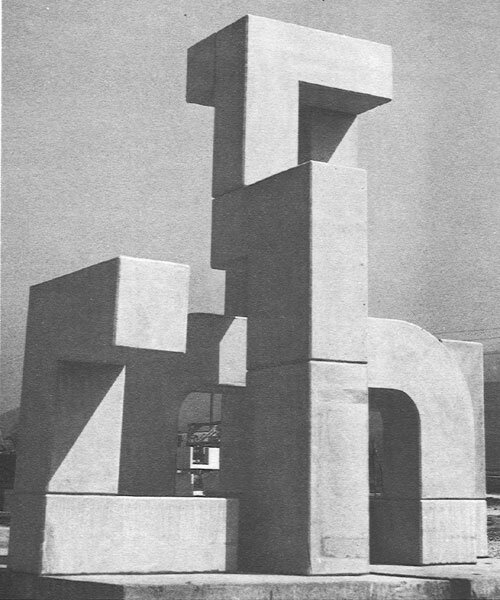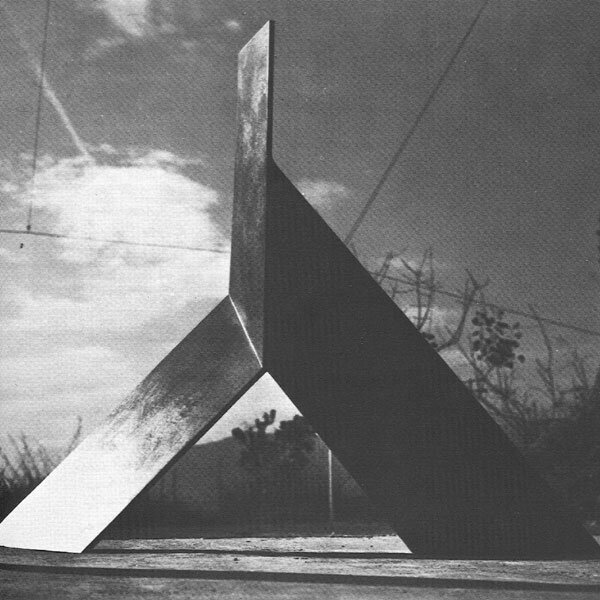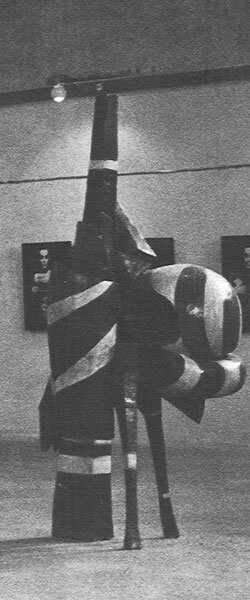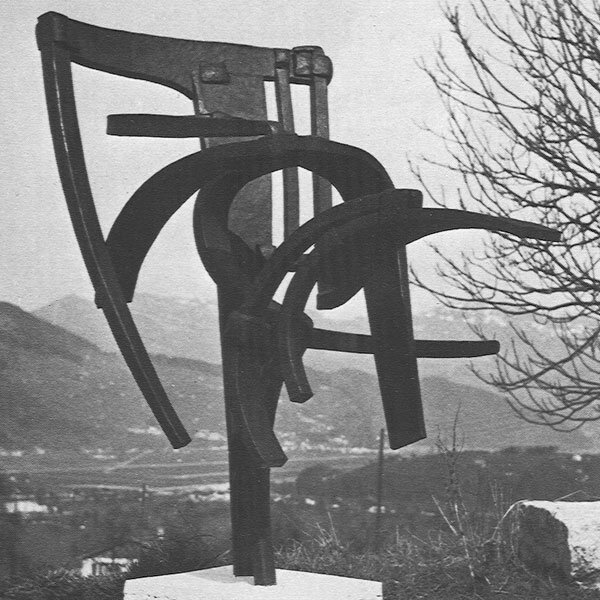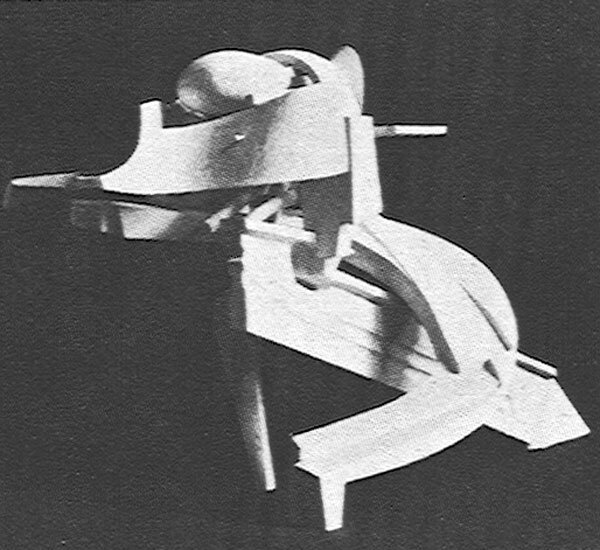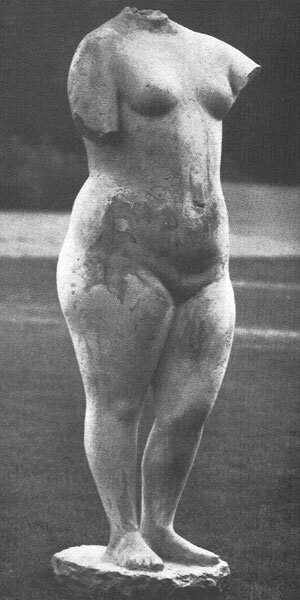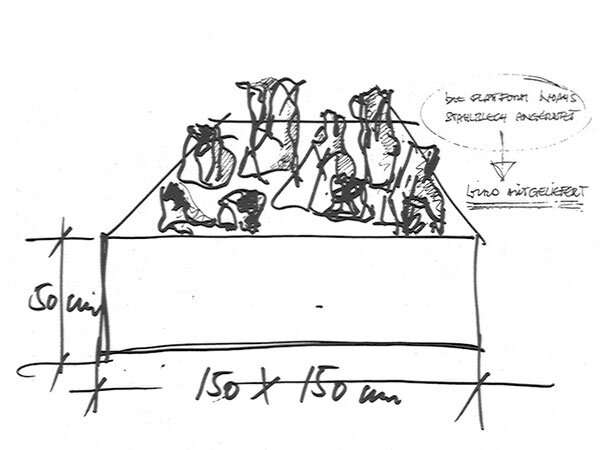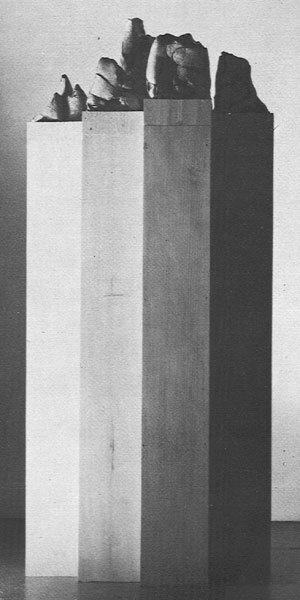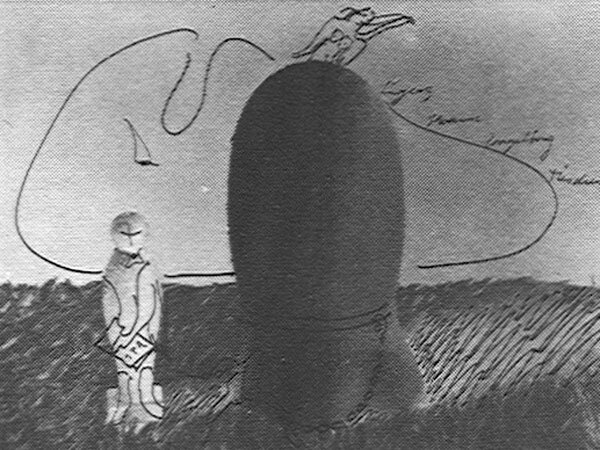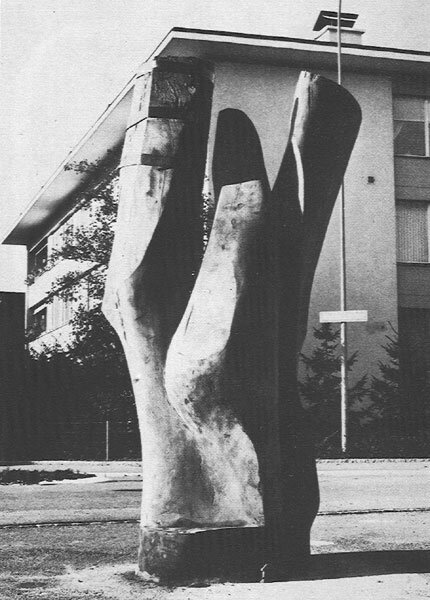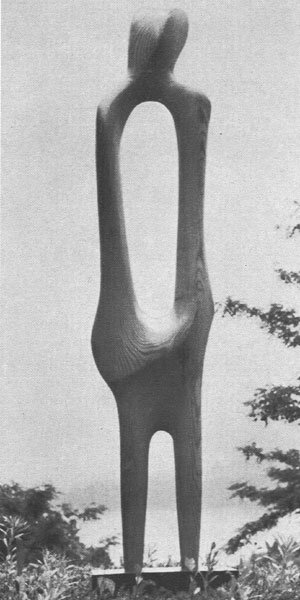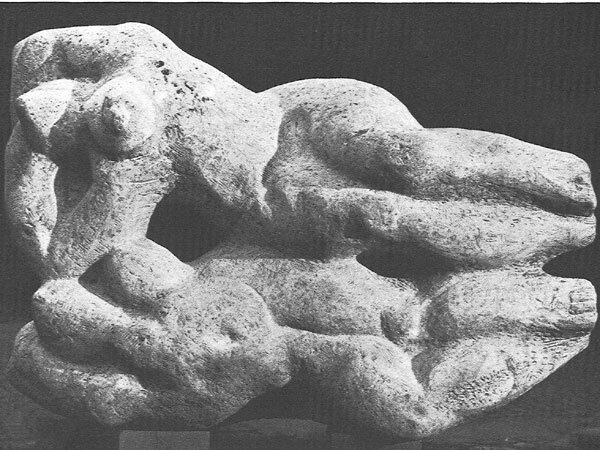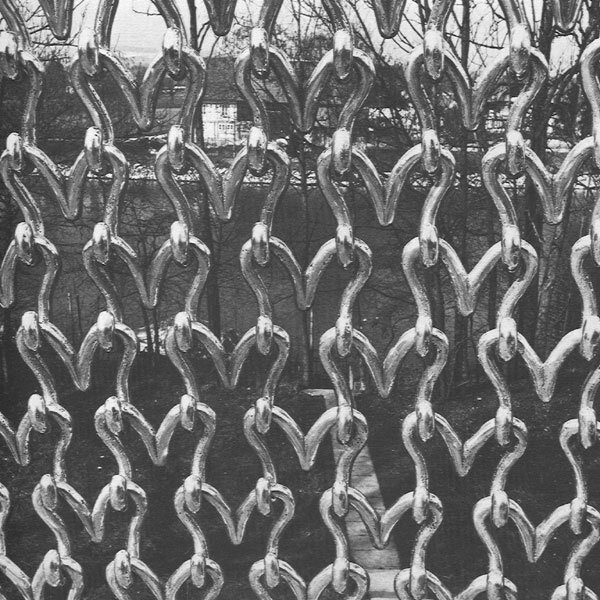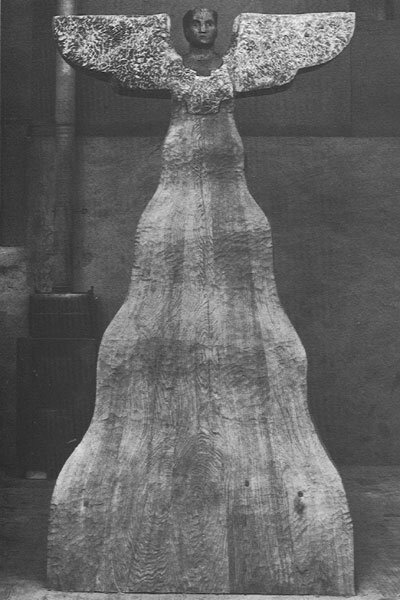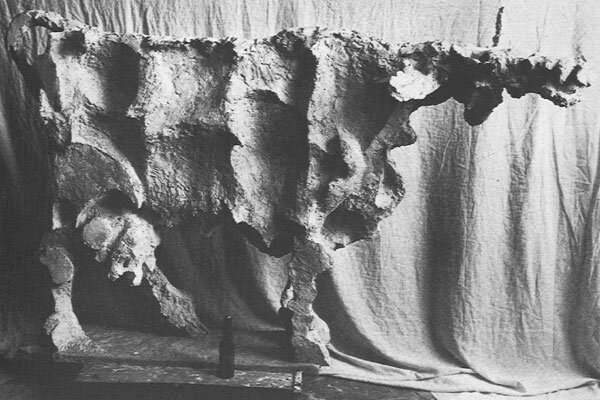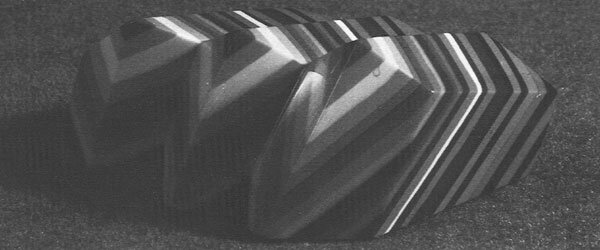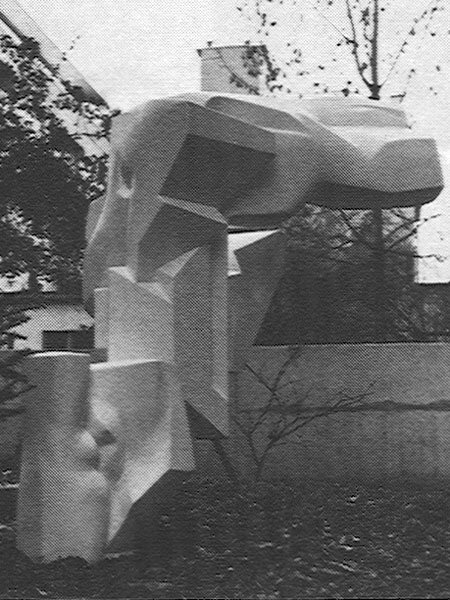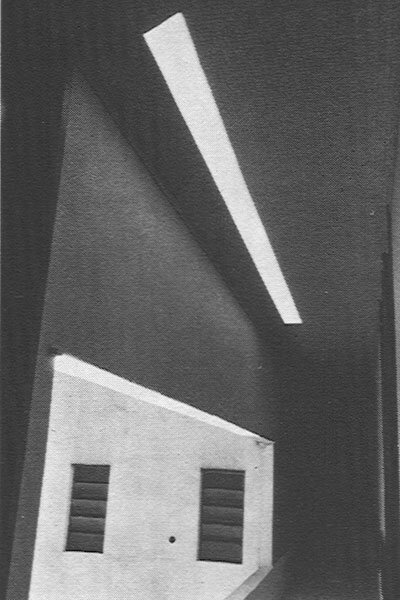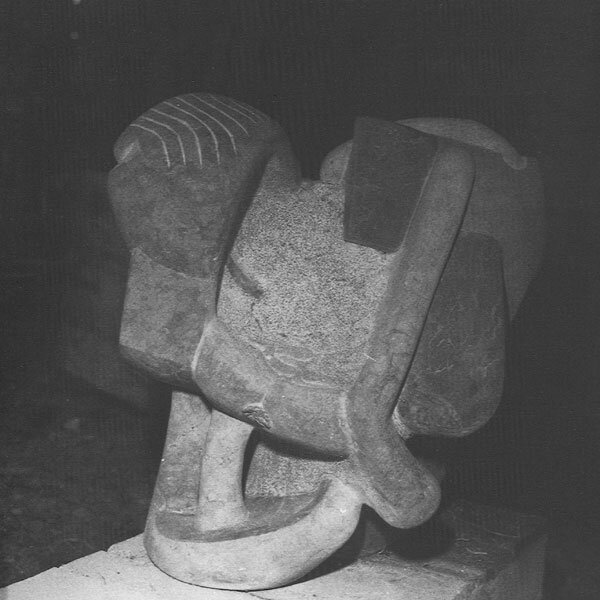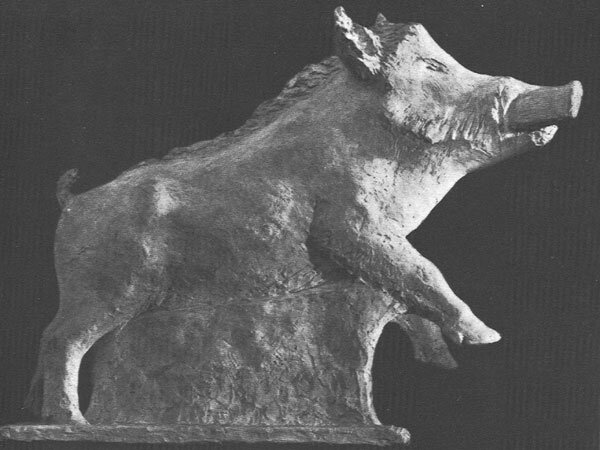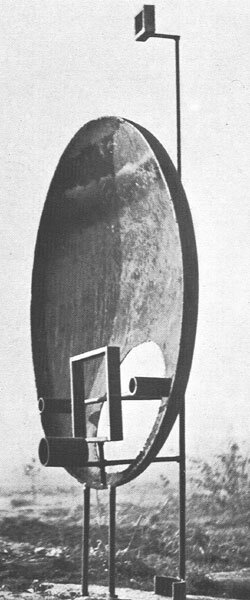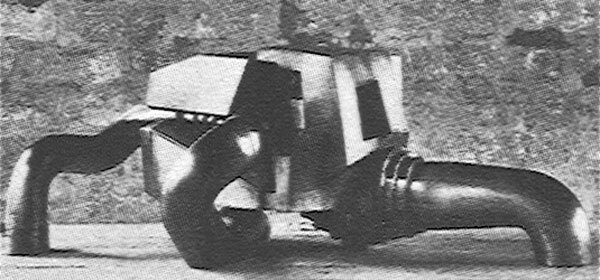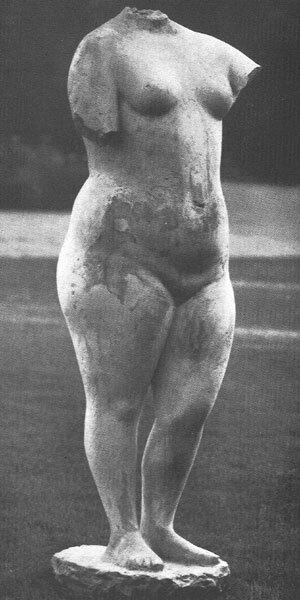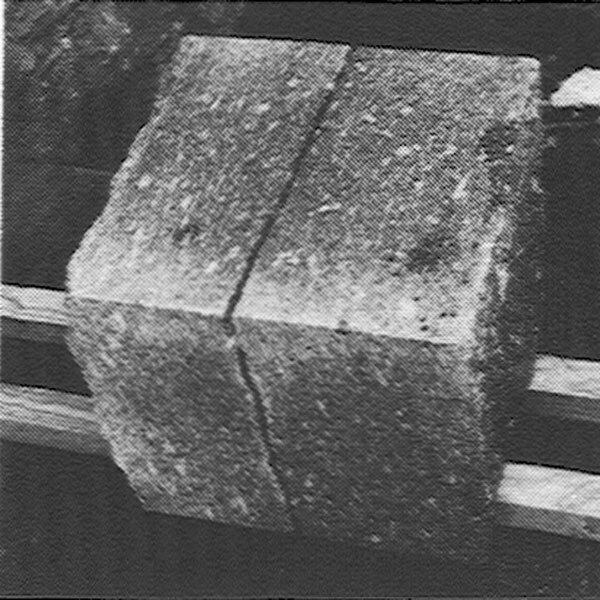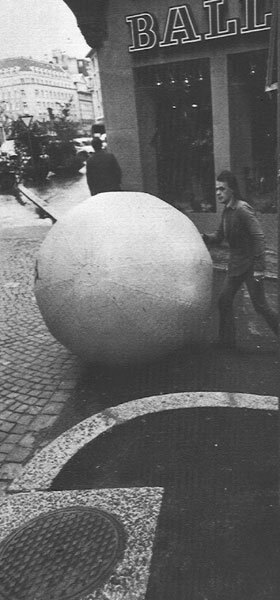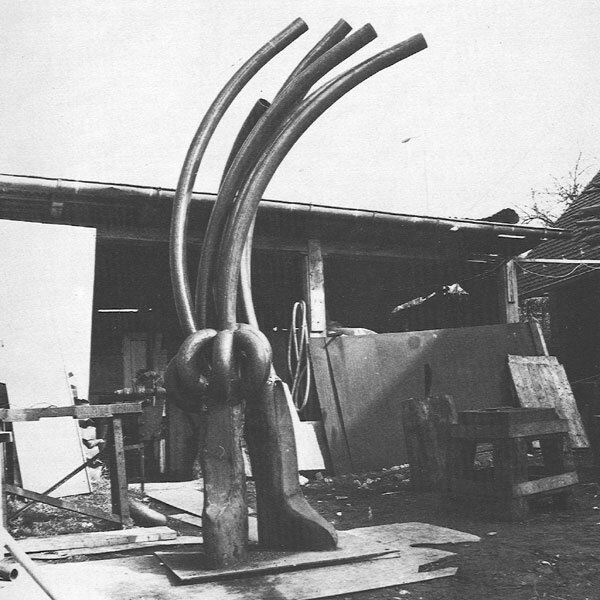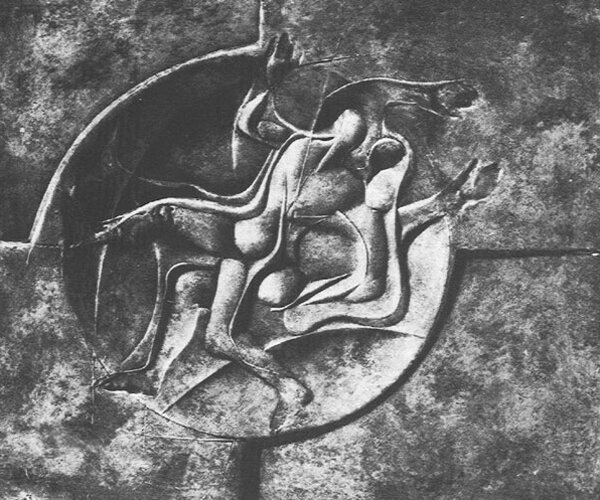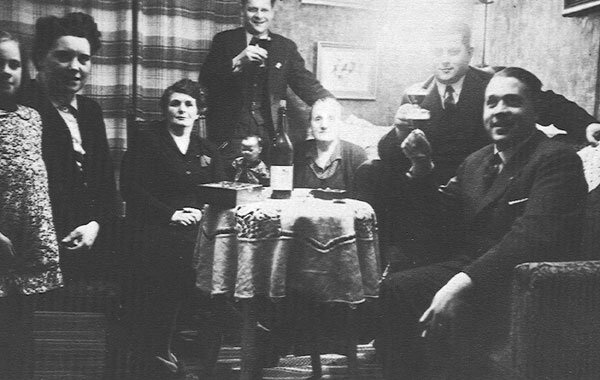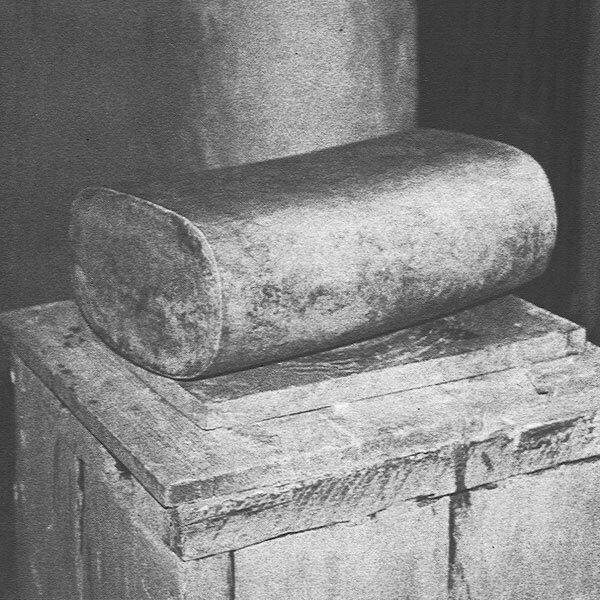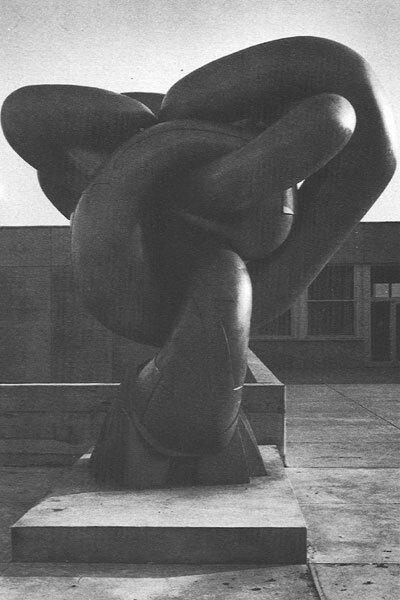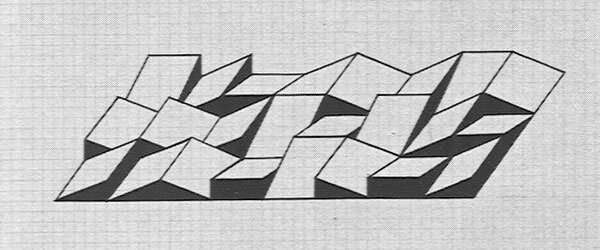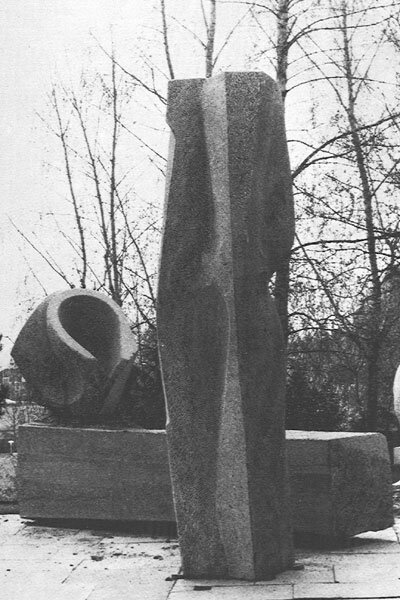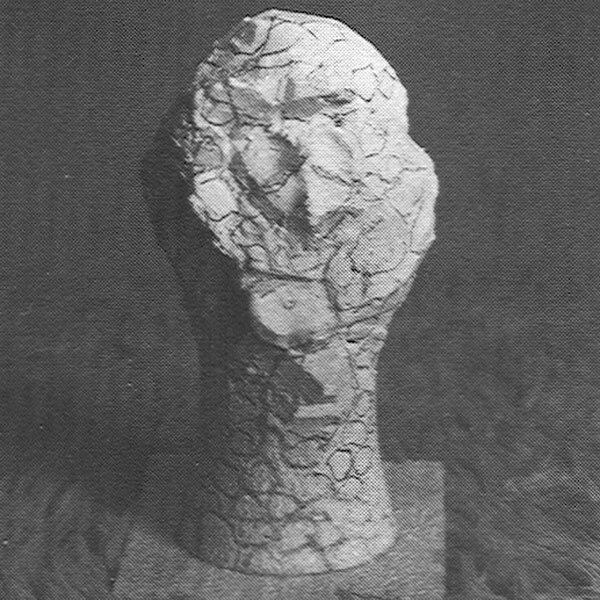6th Swiss Scultpure Exhibition Biel
Peter F. Althaus
How to Respond to Works of Art – some polemical thoughts1
There is a fairly venerable tradition in art history that one could trace – albeit with very different aspects – back to the Renaissance (to Vasari's semi-documentary Vitæ, for example). It actually seems surprising that to do so should reveal the greatest possible range of responses to works of art, which in their turn might be examined, for example as expressions of highly diverse modes of perception, but that it has been left to the past twenty years to make them the object of study. Occasions for such a pursuit might be found, on the one hand, in the theoretical study of communication in the broadest sense, whose significance becomes evident as our lives grow increasingly complex and fragmented. On the other hand, they also resulted from the need to establish organisations and institutions to compensate for alienation and lack of solidarity.
Communication research, especially research concerning its impact (called "pragmatic" by the experts), considers art and works of art as media, and by no means the most important or highest-ranking of them all. And so the study of how we respond to art is related to its de-mystification: the work of art is no longer created by a unique, wild-grown mysterious genius but the expression of what may be a particularly attentive and sensitive man who conveys his understanding of the world around him as he perceives it. Seen from outside, then, a work of art is a message from an individual whose personal "filter" reveals our society's constraints, dependencies, modes of thinking and perceiving, etc. in a certain place and at a certain, historically defined point in time. Depending on the means available to the "perceiver", i.e. whether he has learnt and practiced the necessary "idioms" (codes), understanding this message may occur at various levels, even involving the same object.
The work of art – as, of course, any other object – is perceived in a certain referential context which in part depends on the perceiver's physiological and psychological situation and personal experiences, in part on external circumstances (spatial and temporal relationship between subject and object), and in part on the perceptual conventions of a specific social setting (conditioned by education, say, and status, occupation, religion, and the like). In other words, the object is "recognised" on initial contact, i.e. it is related to something that already exists in the perceiver's visual memory, and conceptually attributed (it is identified). Whether or not such identification is objectively correct does not matter here; similarities or associations will often suffice (take, for example, optical illusions) for recognition to provide a sense of satisfaction: the new object can then be integrated into the perceiver's existing conceptual world, is therefore no longer an irritant, and no longer exerts a stimulus. The more rapidly something is "recognised", the less incentive there is for further consideration ("Aha, a Picasso!" often seems to render further consideration superfluous, or at least compellingly leads such consideration to the knowledgeable utterance, "a good Picasso for 1967.").
Motivation and expectation exert a decisive influence on perception, which always selects, i.e. is partial perception. I am inclined to see what I wish to see (i.e. my beloved among the street crowd, five times a day) and I am inclined to see what I expect to see (i.e. that the man in the white coat carries a stethoscope around his neck). We tend – for it is much less strenuous – to find the same stereotypes over and over again, according to the law of perception that makes us complement the missing details in simple geometrical shapes (to see the "good shapes") before the perceptual process has even been completed. Perception could also be described as a compromise between received sensory stimuli and desires and expectations. This is why we tend to resist having to change our perceptual habits, which is what the artistic avant-garde demands us to do. Firstly, because this upsets our well-honed world-view, our frame of reference. But also because we fear being excluded from the communicative party of art connoisseurs if we fail to understand the latest codes right away.
Not to be able to hold one's own – this is not something anyone in the enlightened art scene can afford. However, what is particularly alarming in this context is the effect of the above mentioned "inclinations" in the field of the fine arts, i.e. an elementary area of sensory perception (or so one should think). As soon as a coloured piece of canvas in a frame hangs on a wall, or its reproduction appears in an art magazine, the notion of "Art" as a frame of perceptual reference clicks into place. Duchamp has already shown us that all it takes for our mode of perception to change, is to physically, or linguistically, transfer an object into an art gallery. While the frame of reference called "Art" in some people arouses precise expectations based on a traditional connoisseurship which will allow for only minimal retouchings, it will cause others to resign and to avoid making any judgment of their own, and yet others to see a free space where everything goes and any expression of criticism might only tarnish their open-minded image; and so on. In the context of the official art scene, very few people indeed fail to respond with a specific form of "art appreciation behaviour". This immediately robs art, whose intention it is in most cases – like all communication – to change things, of its opportunity to be received as something that demands commitment, and to bring about real change in our social setting. Which is a shame.
Peter F. Althaus
1 Translator's note: I have done my best to preserve the convoluted sentence structure and repetitions of the German original
@ Translation from English, June 2008: Margret Powell-Joss
